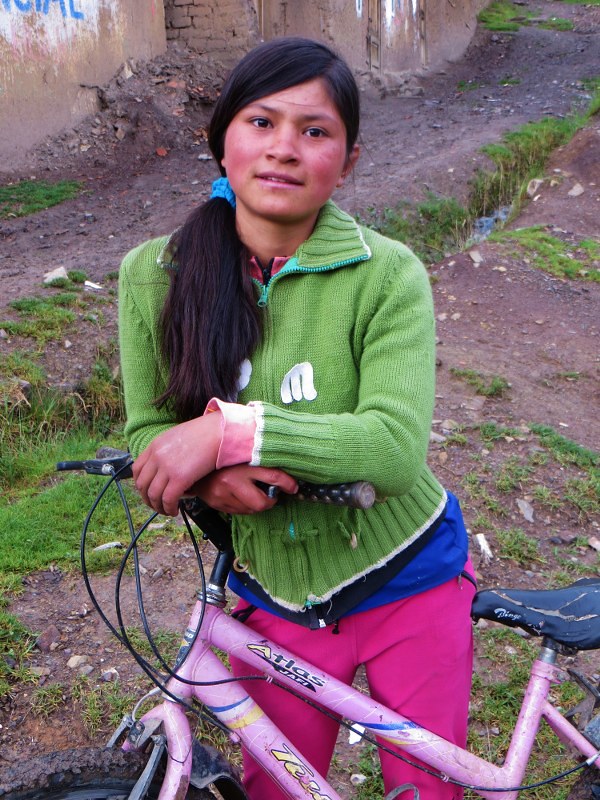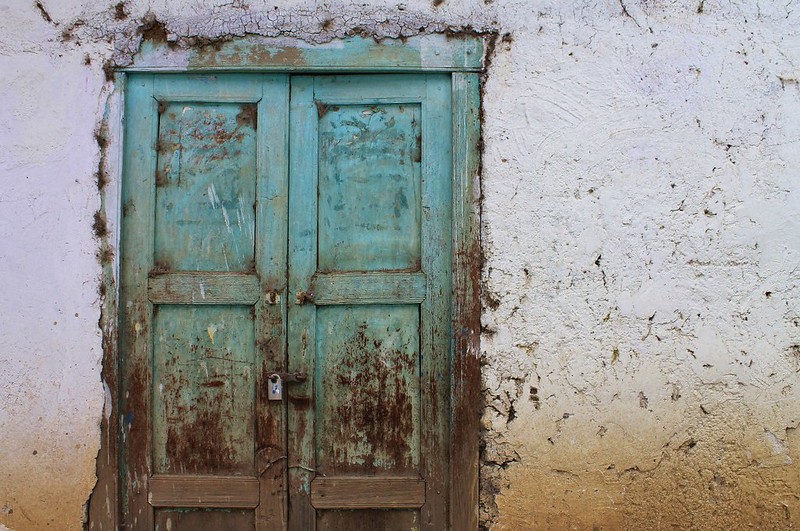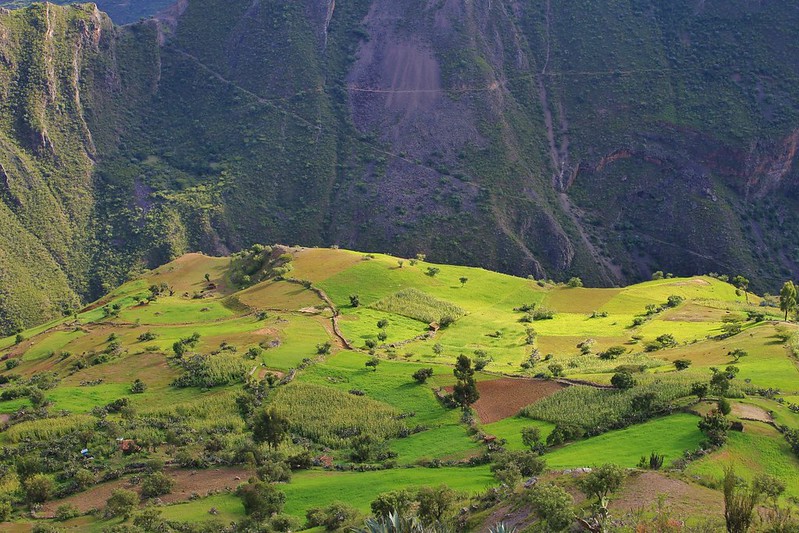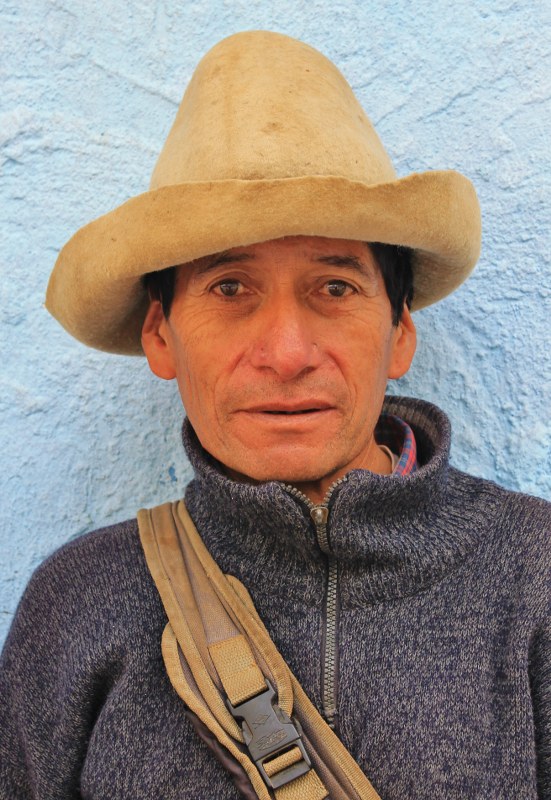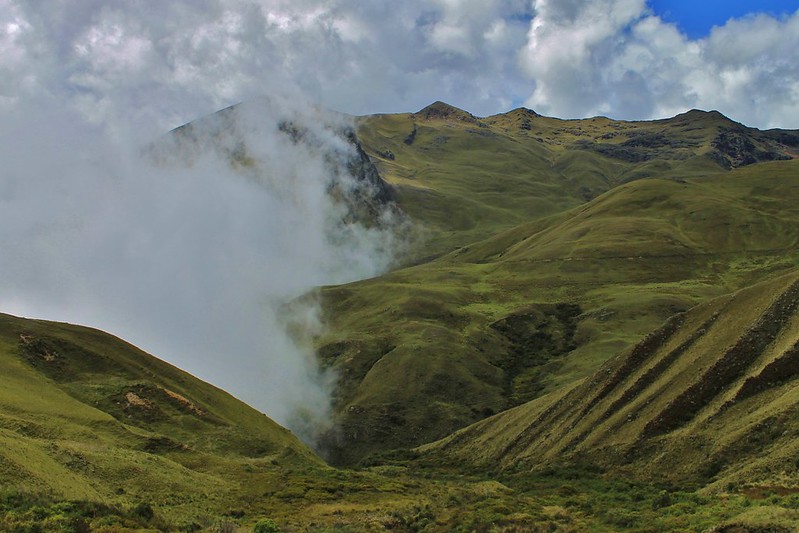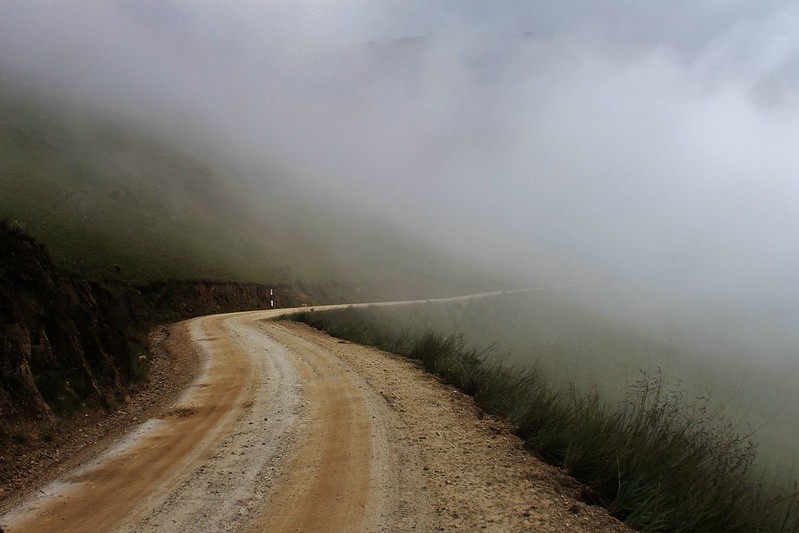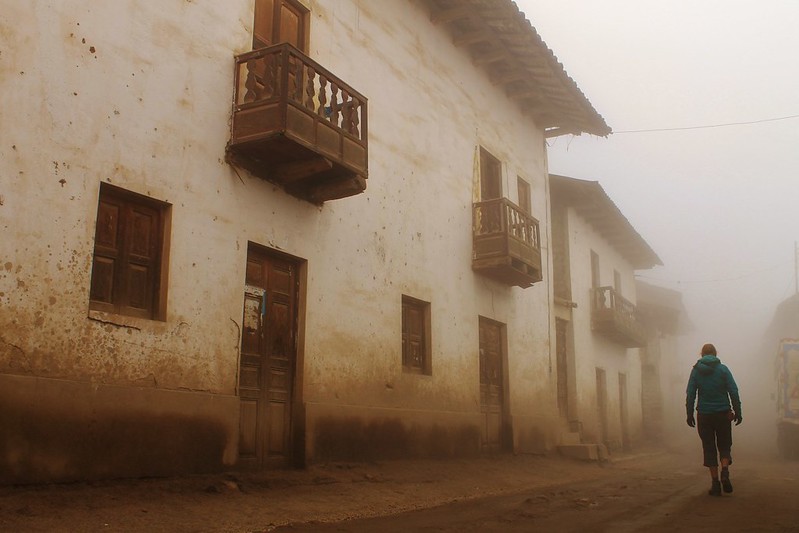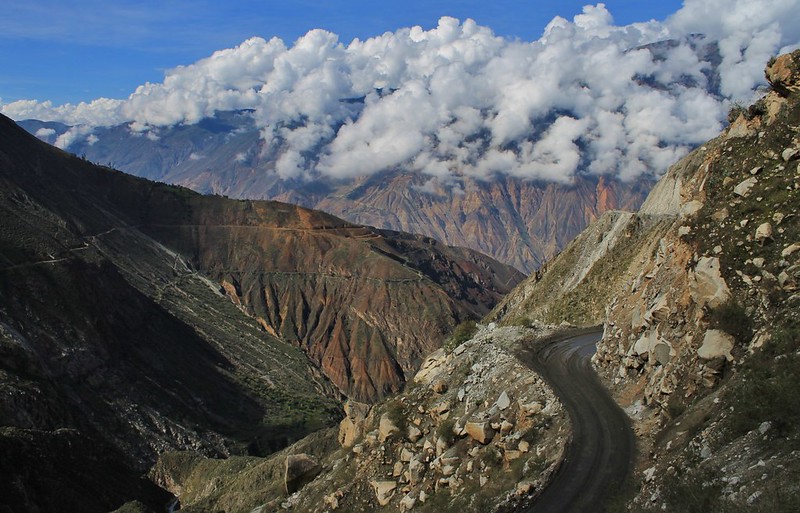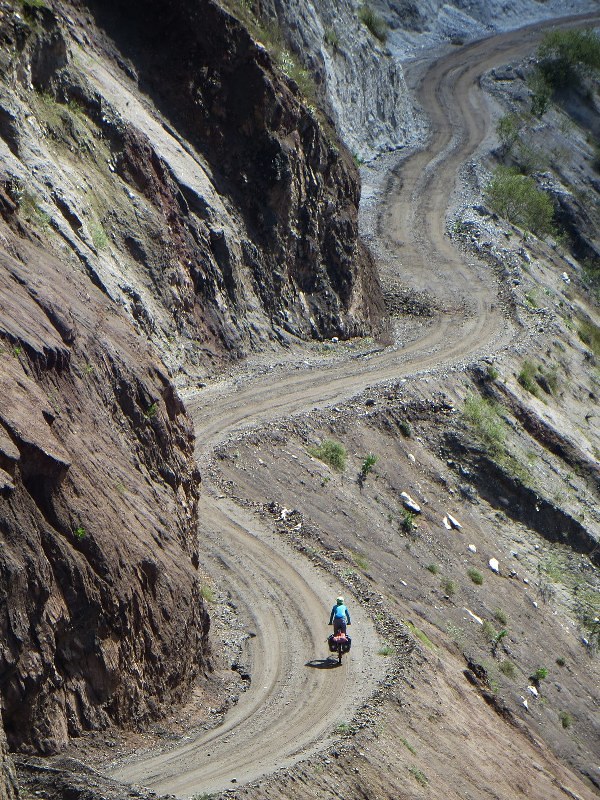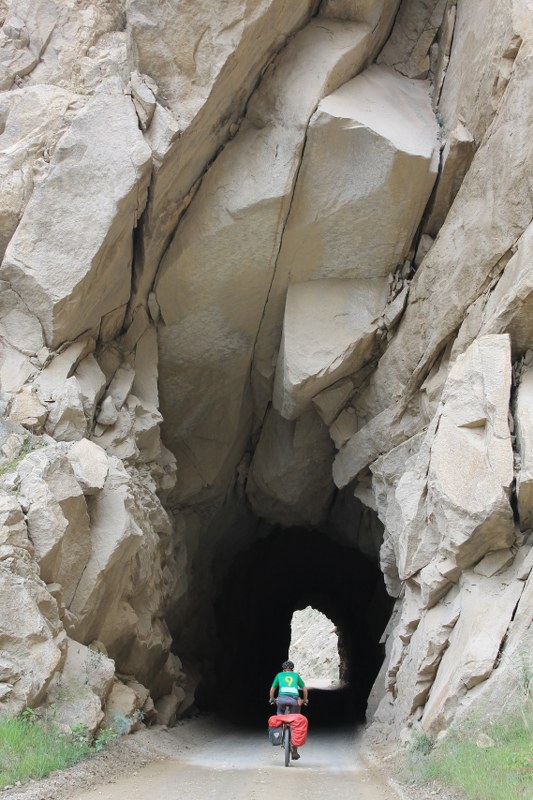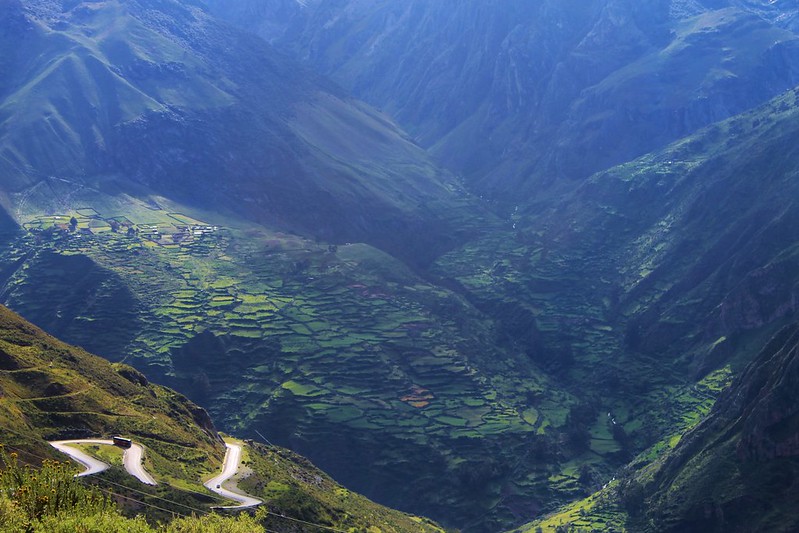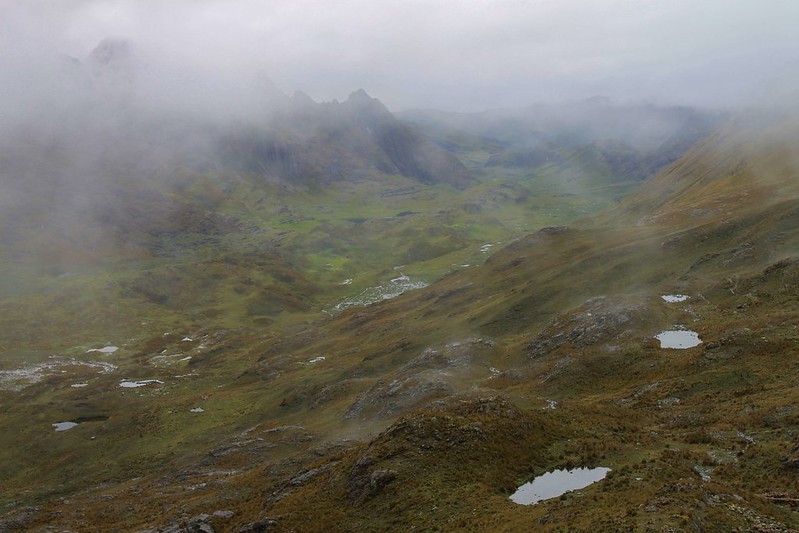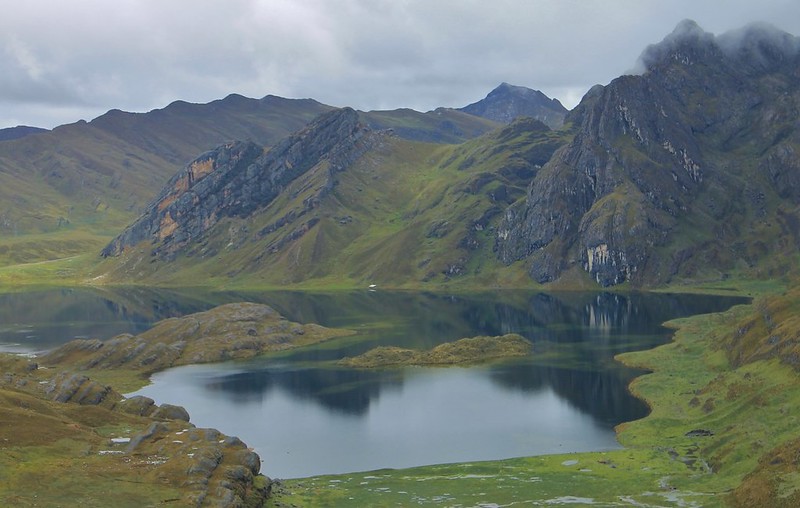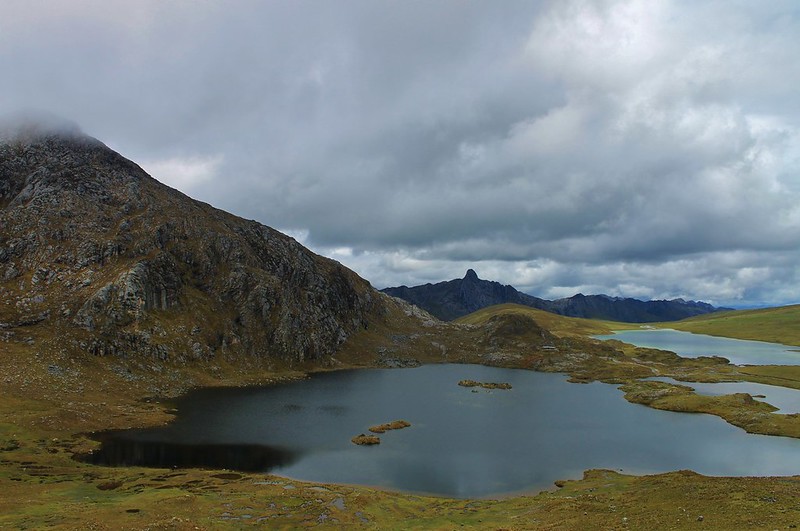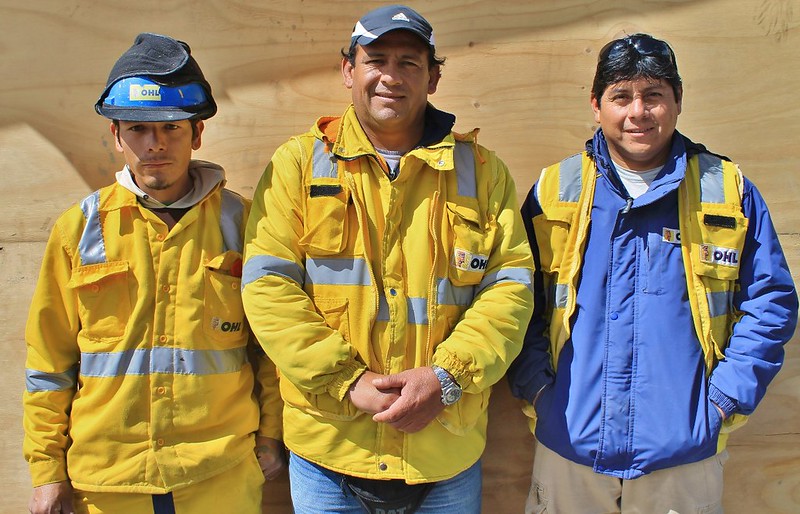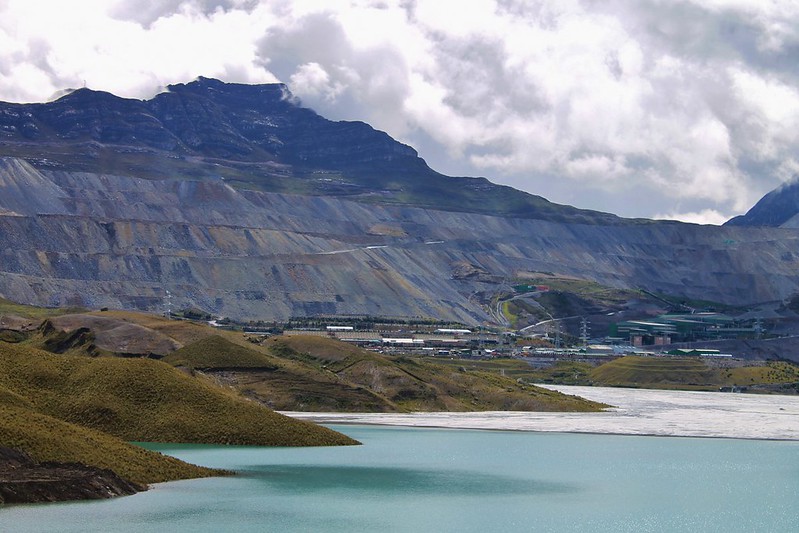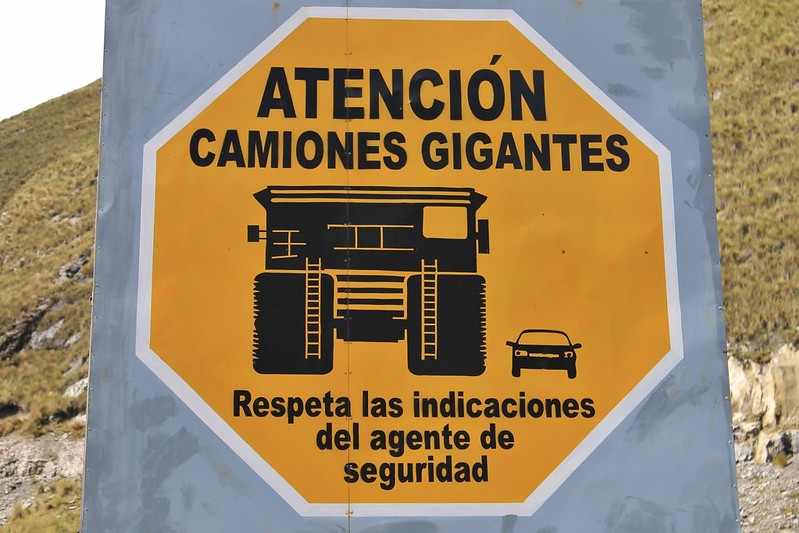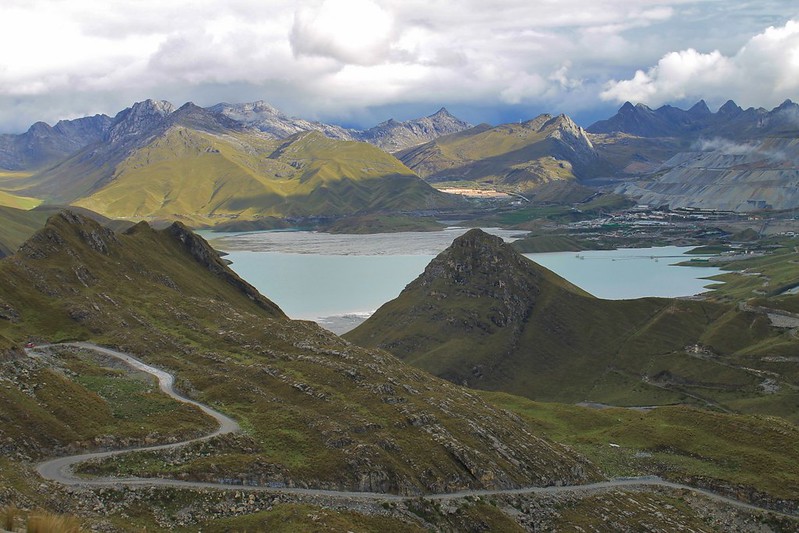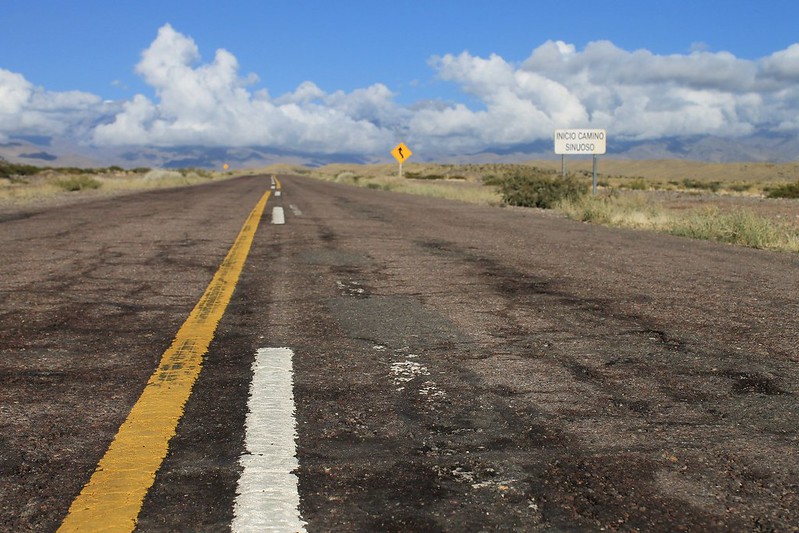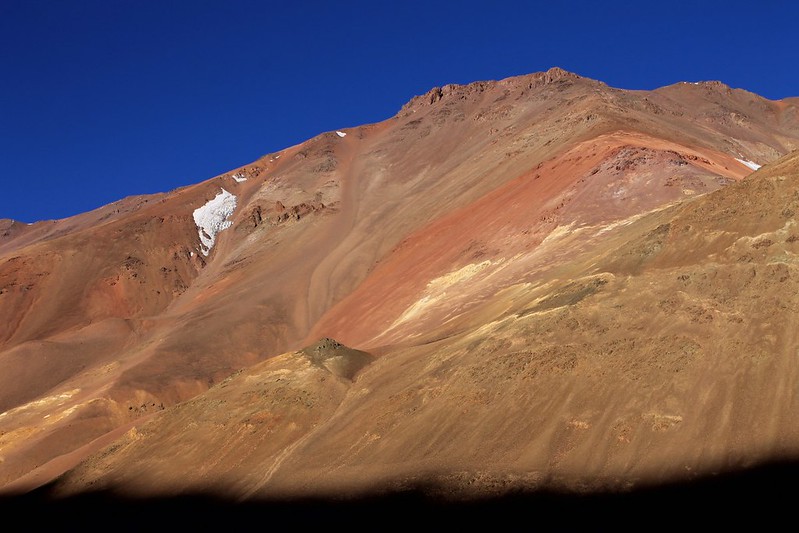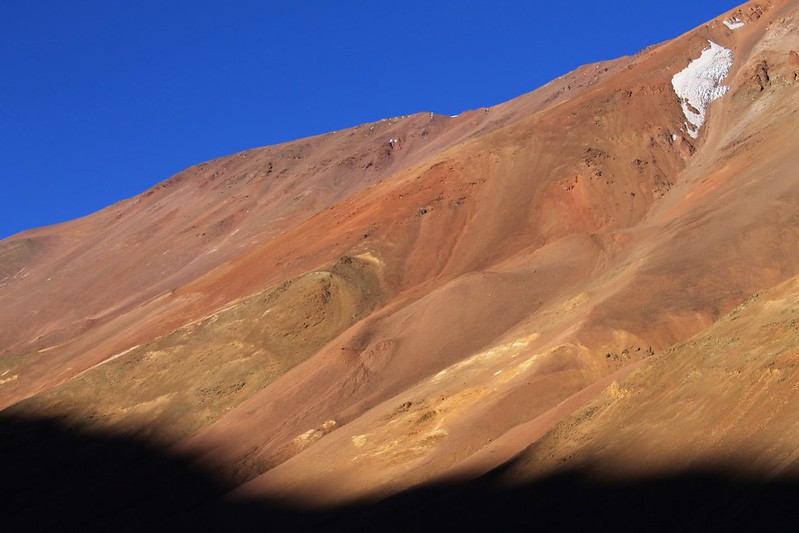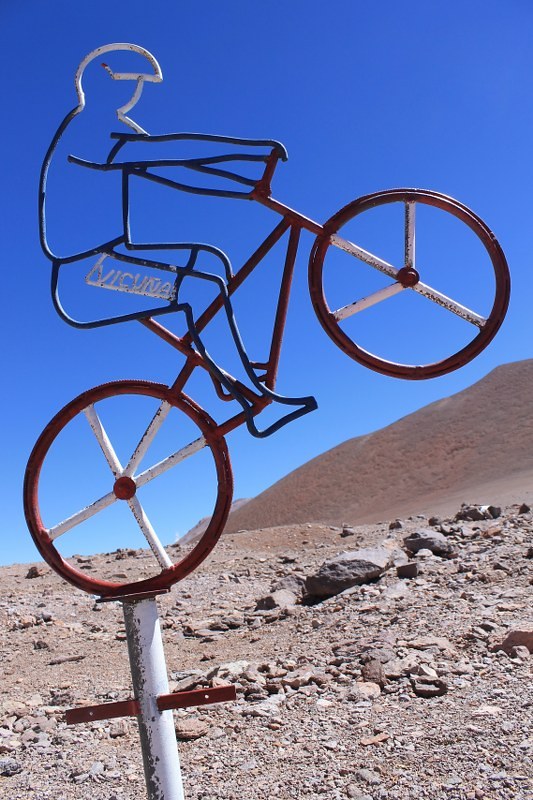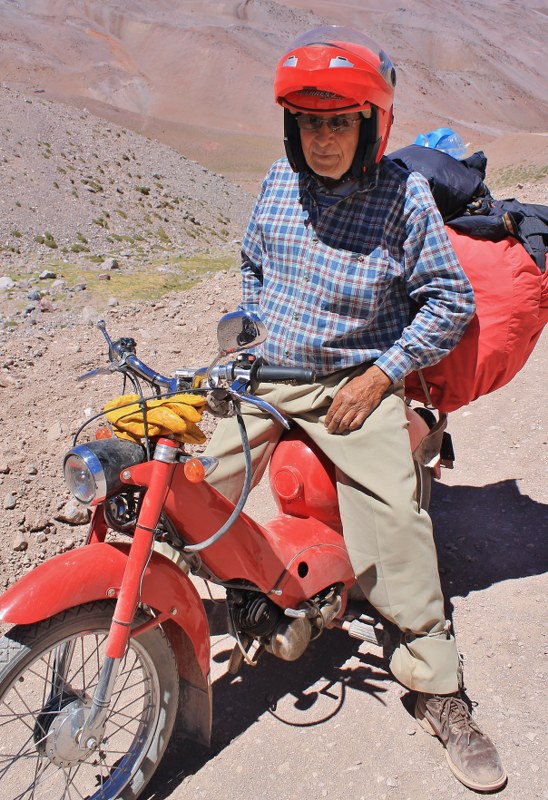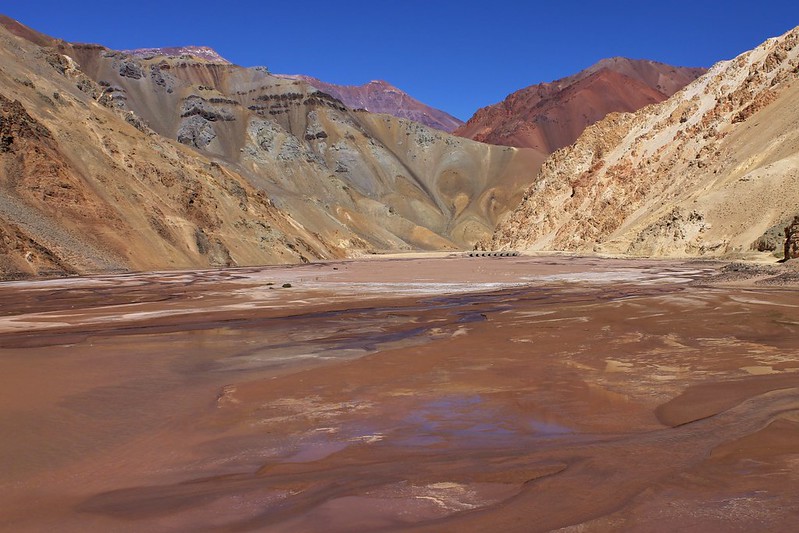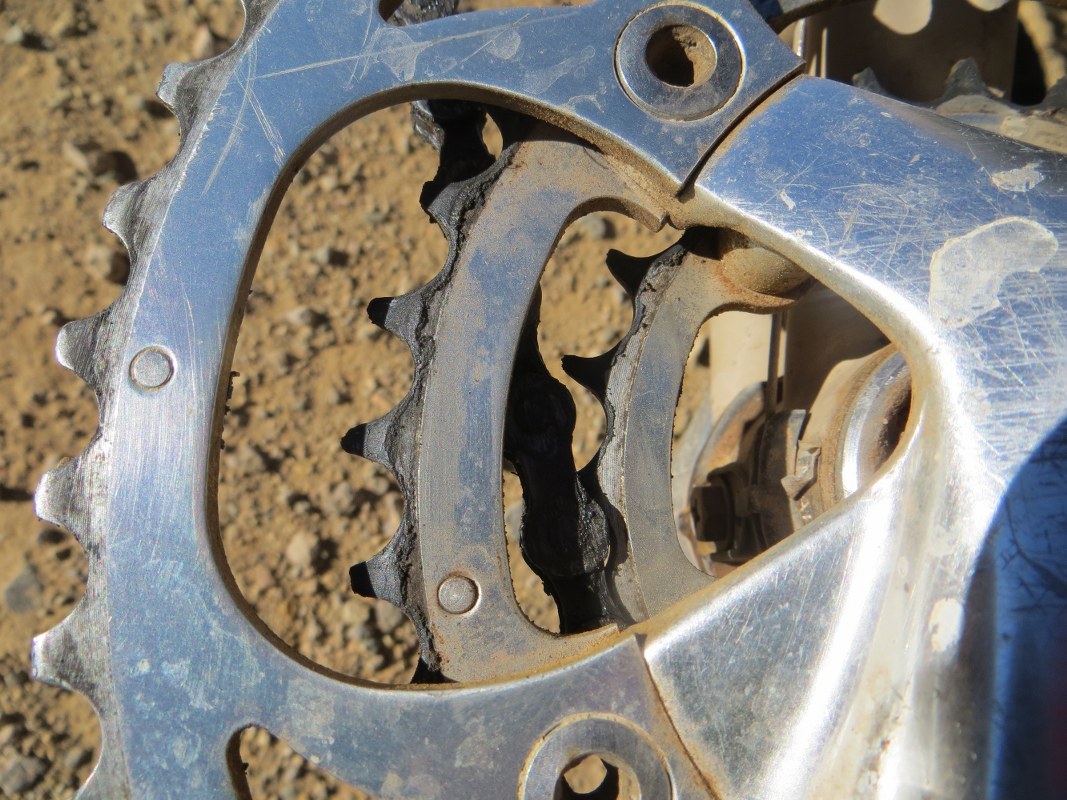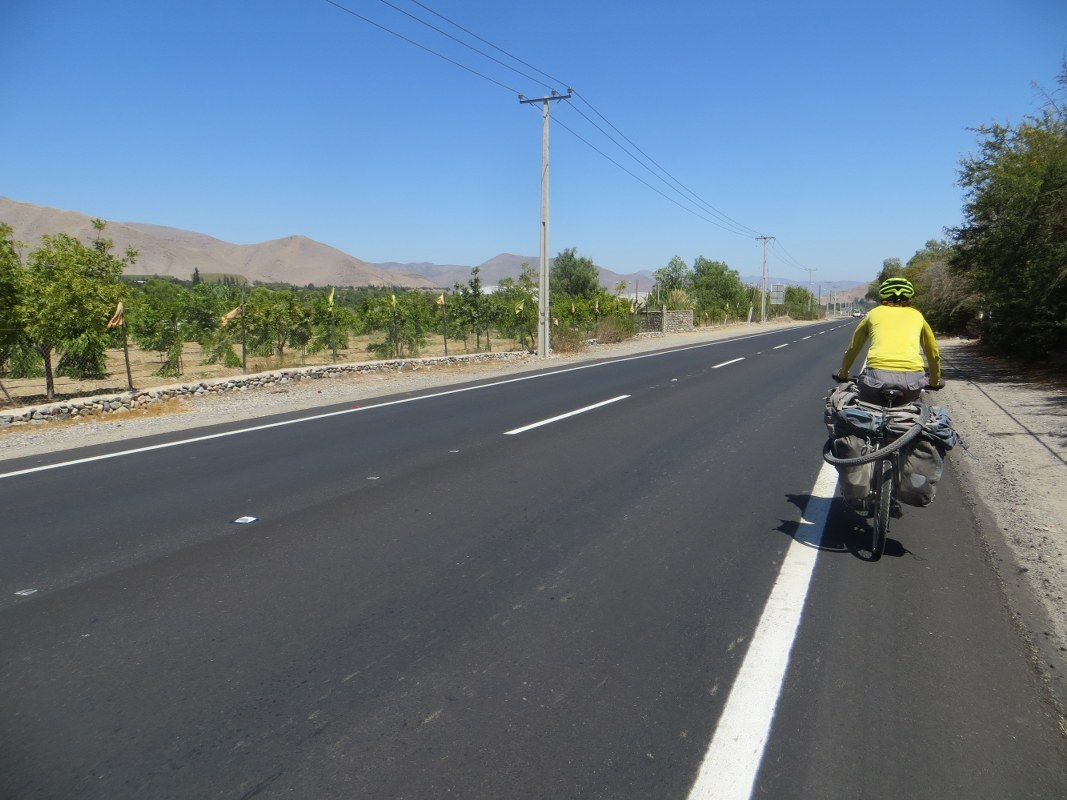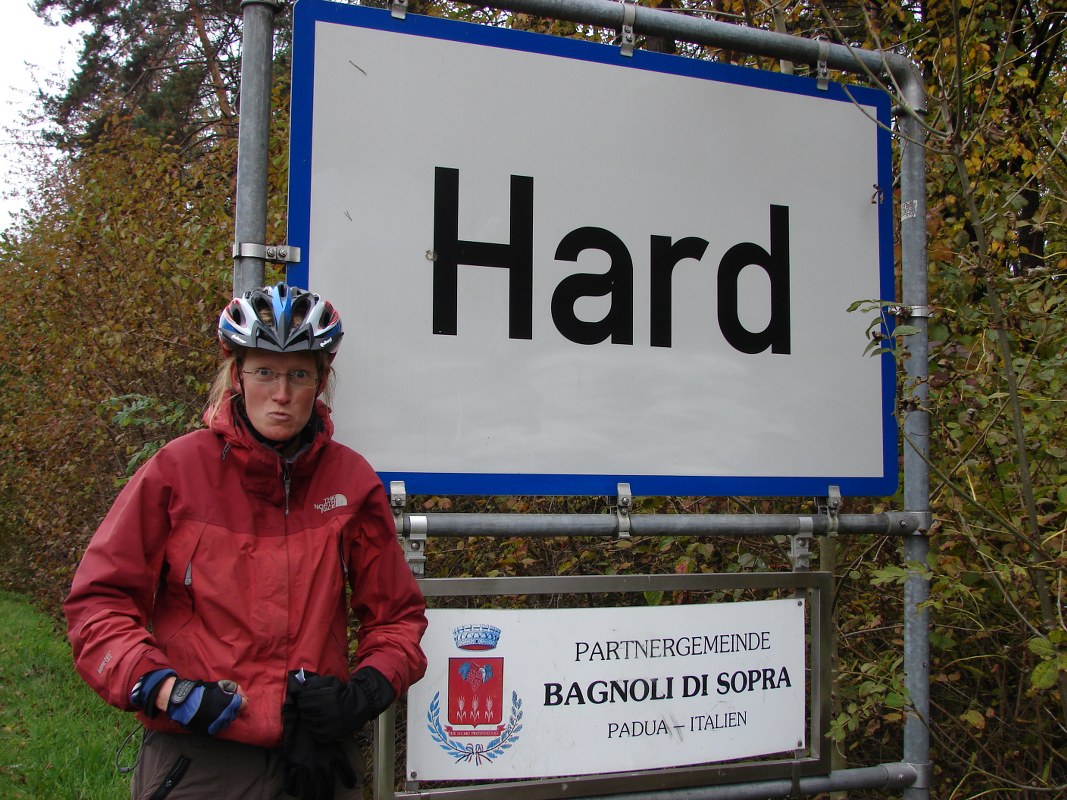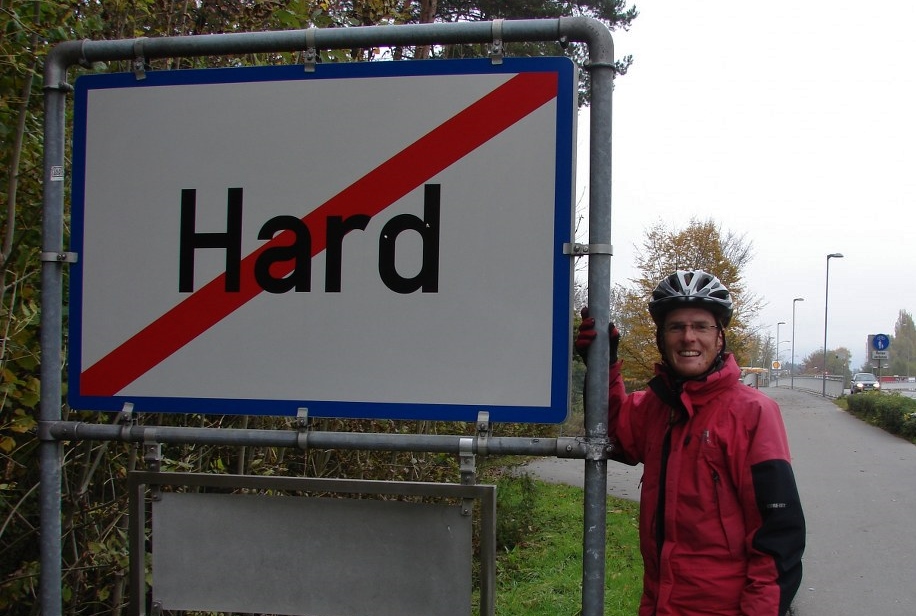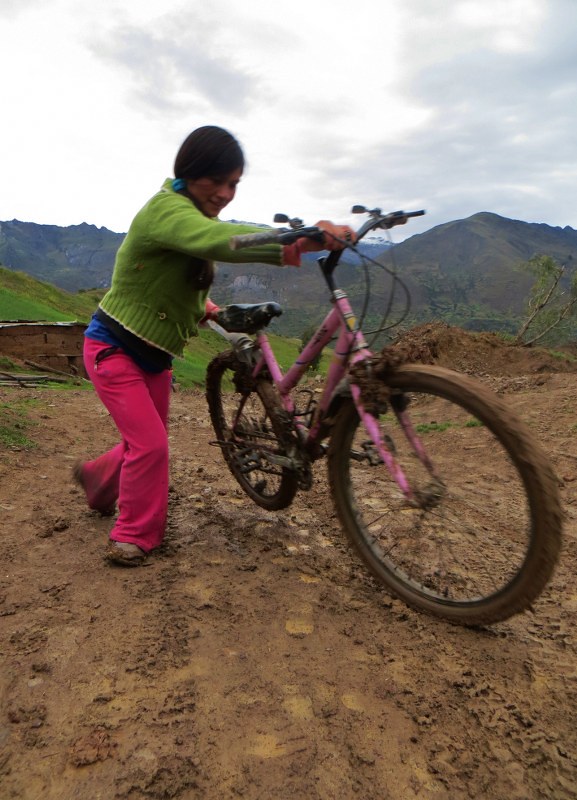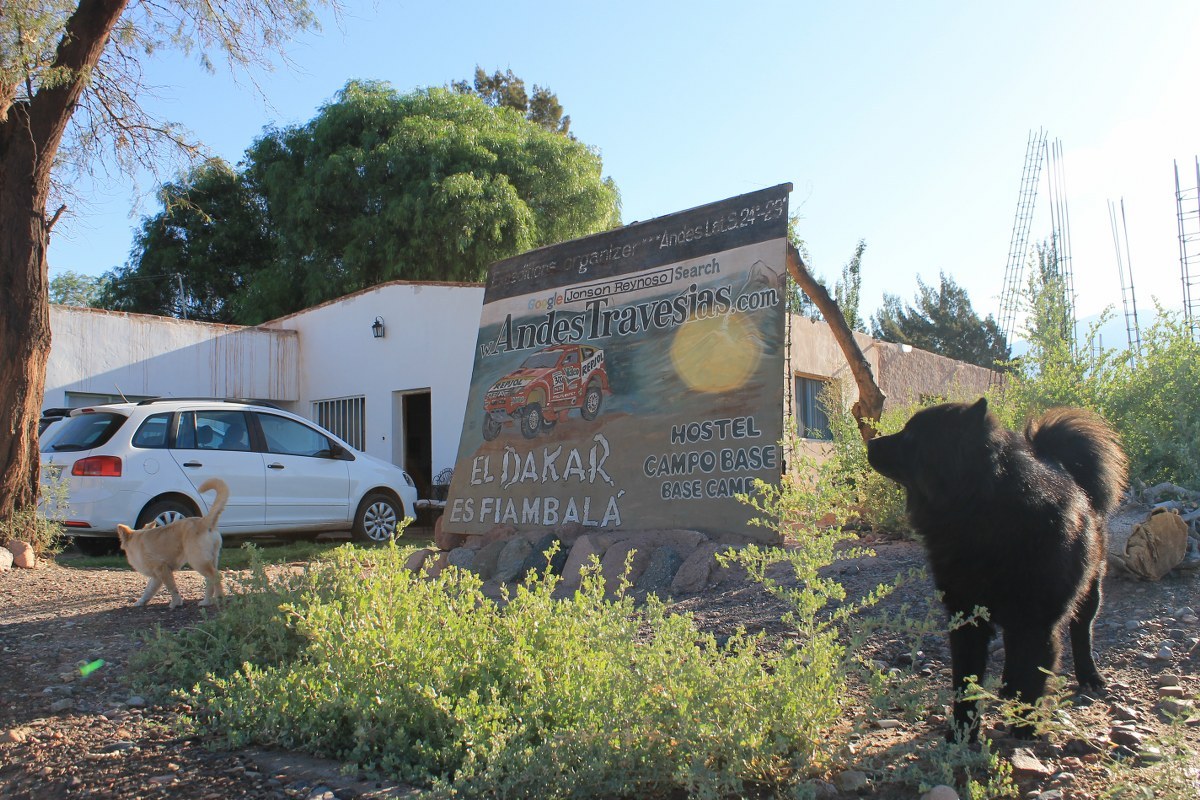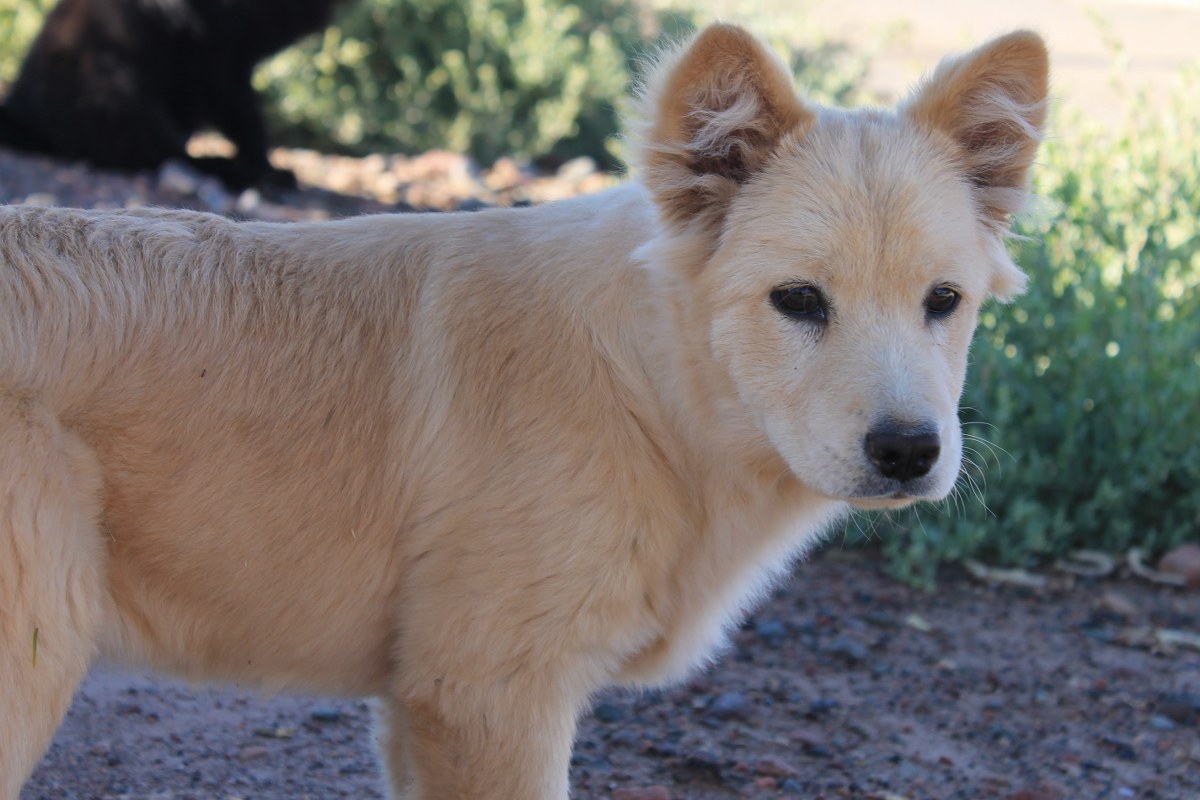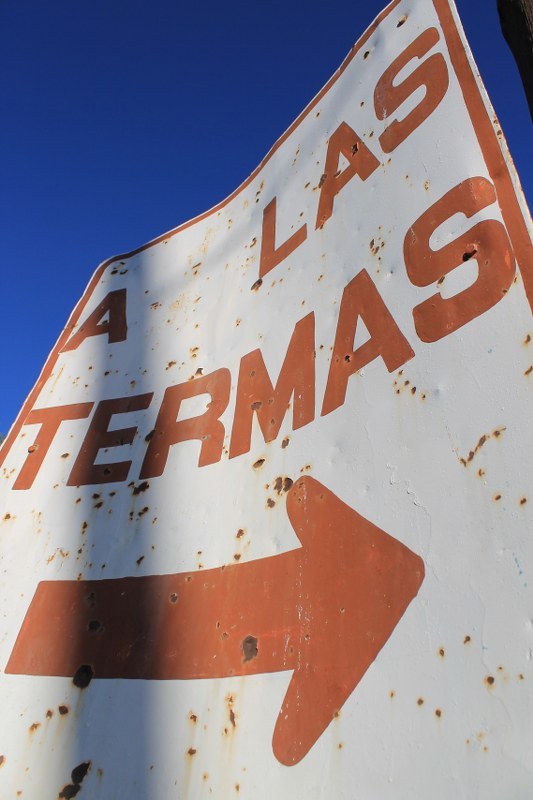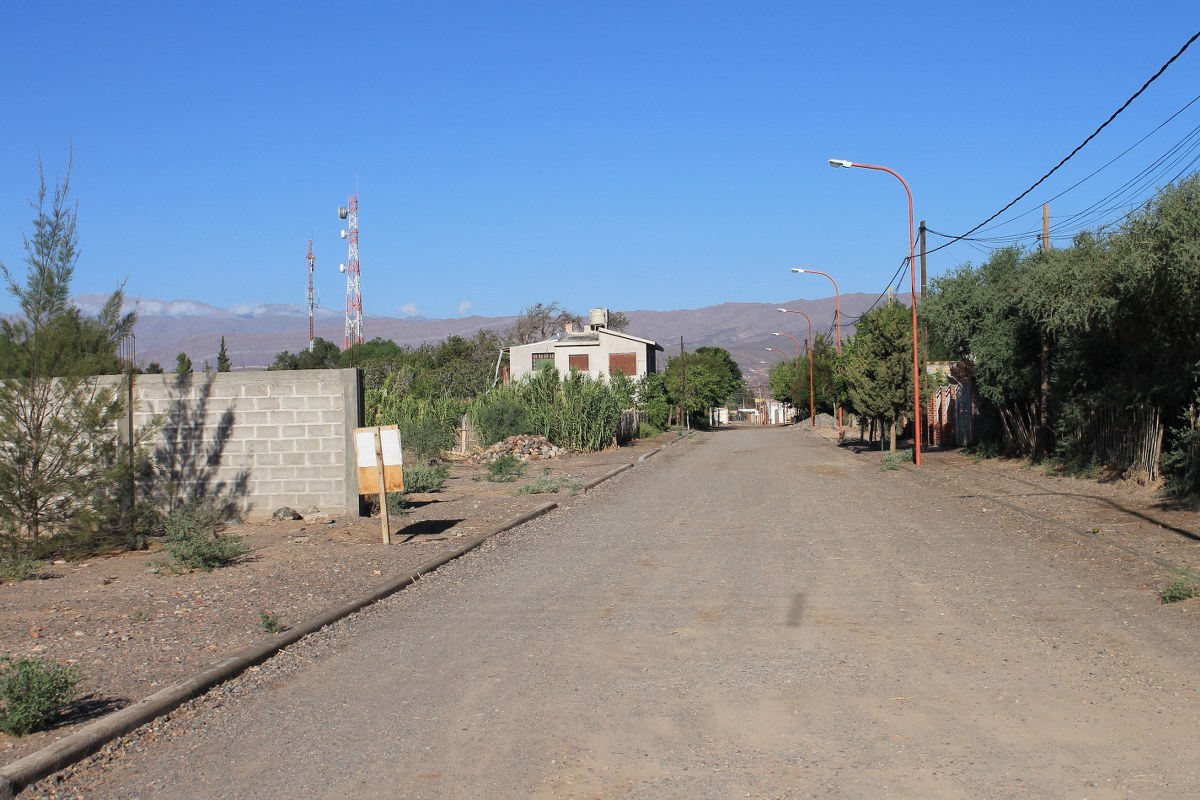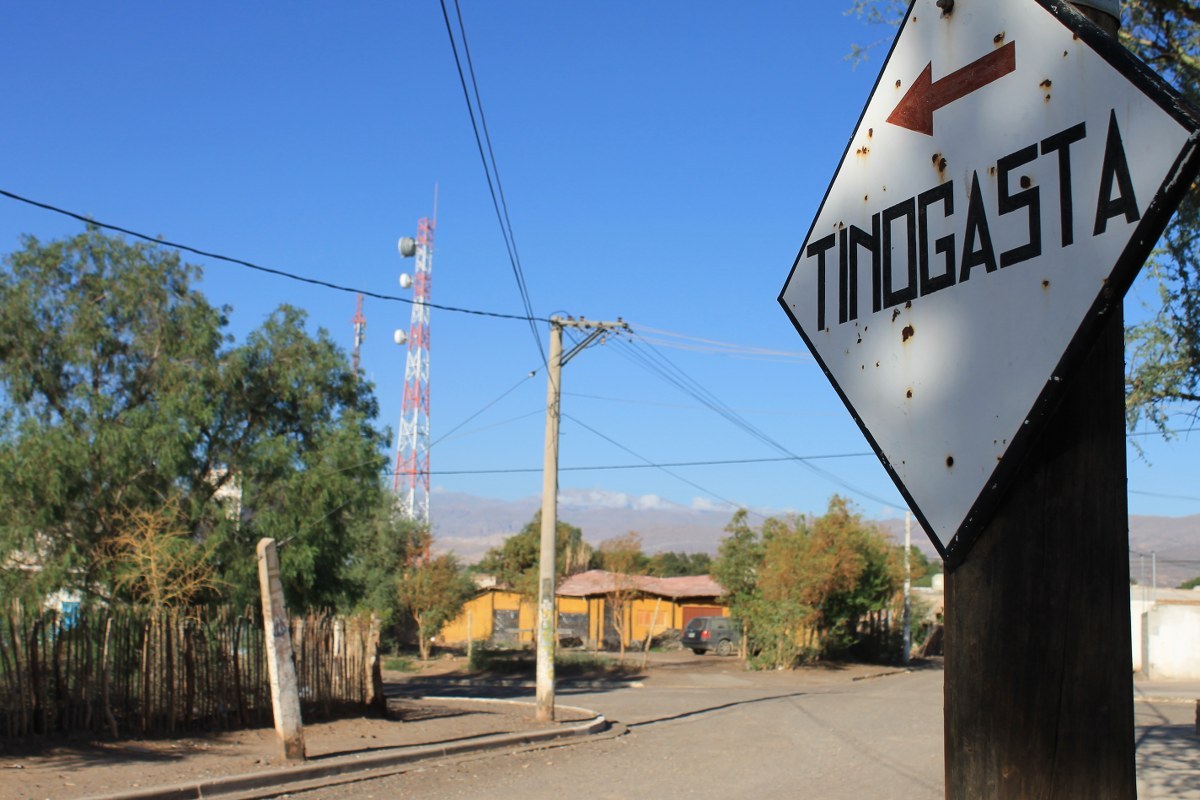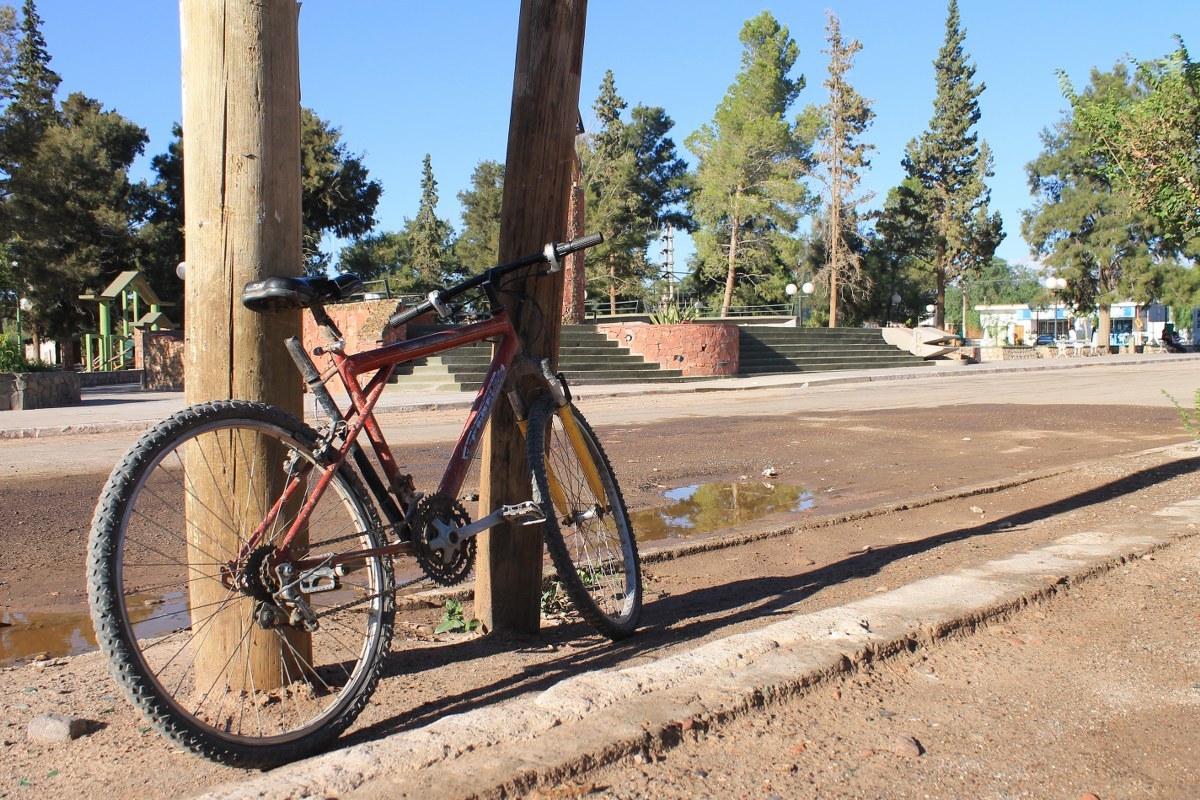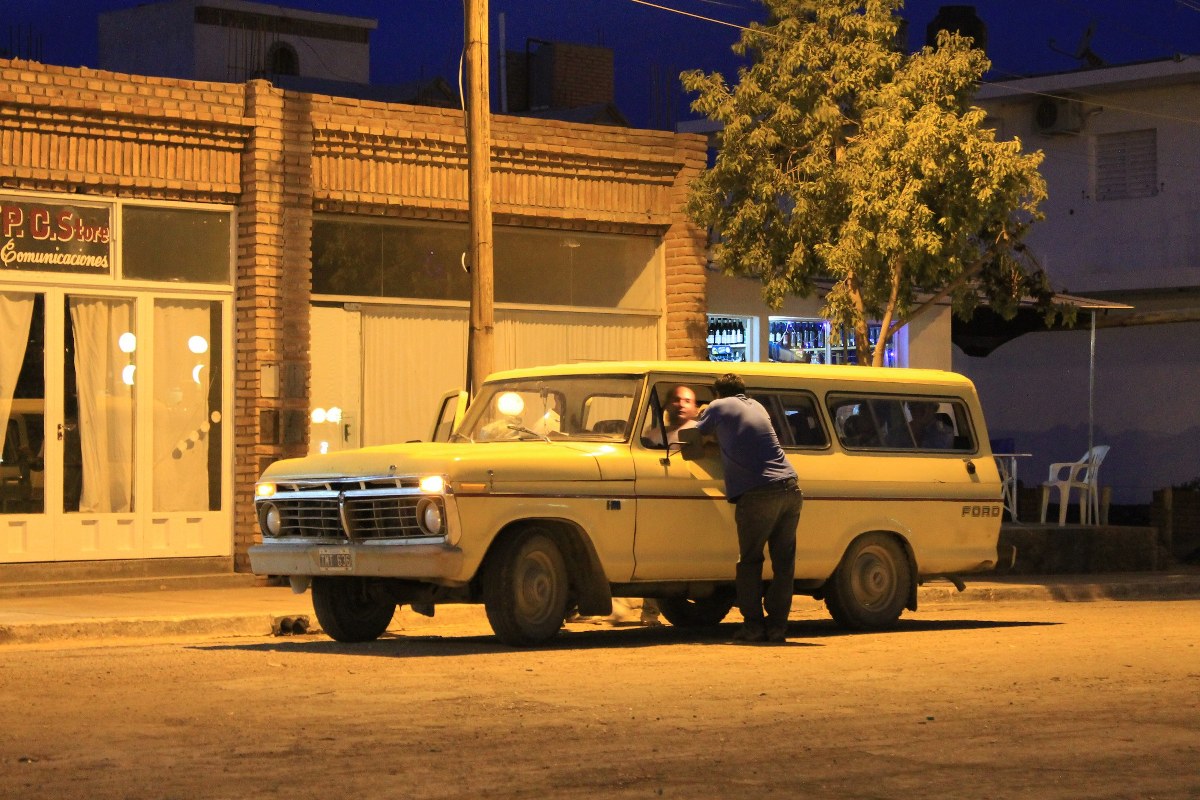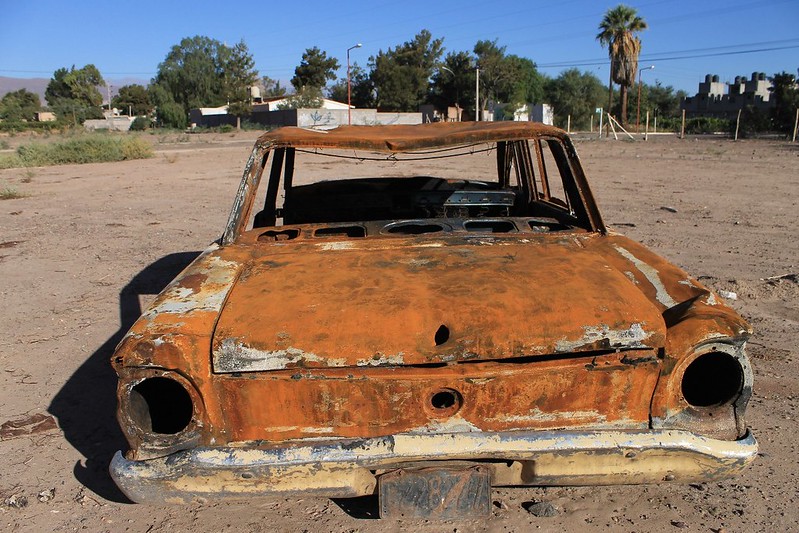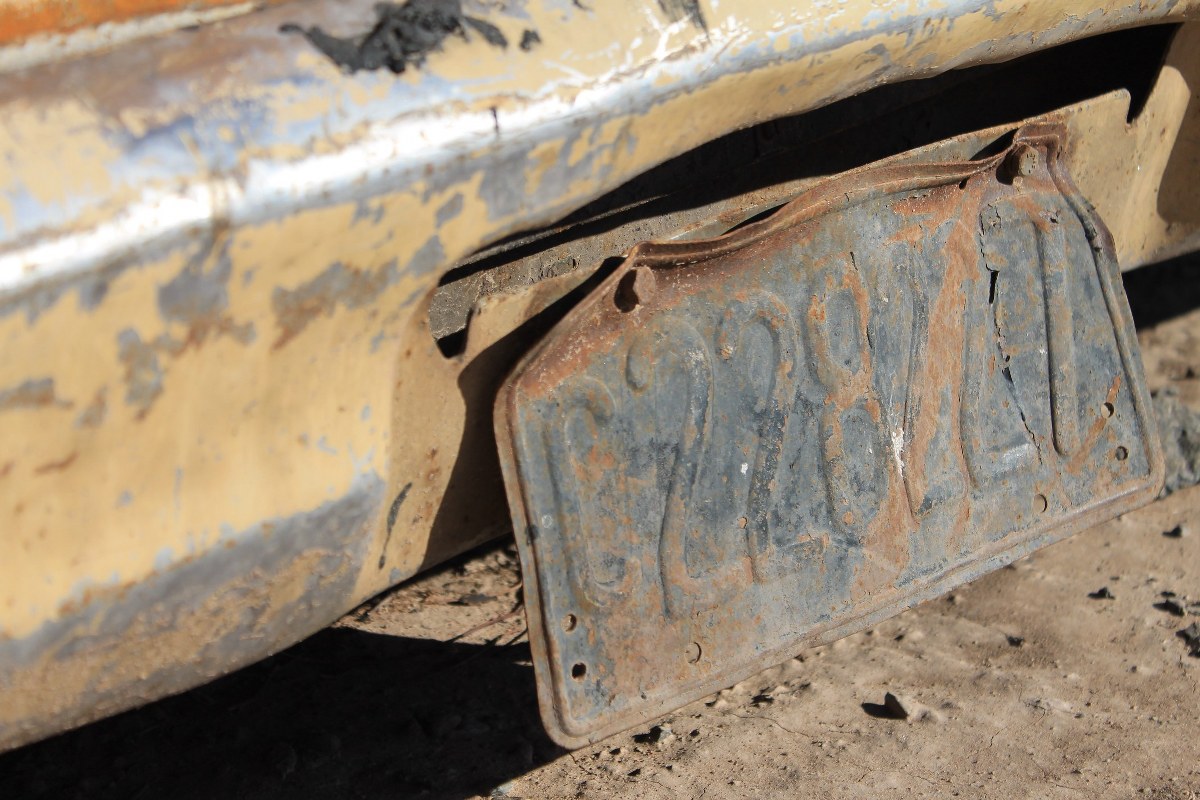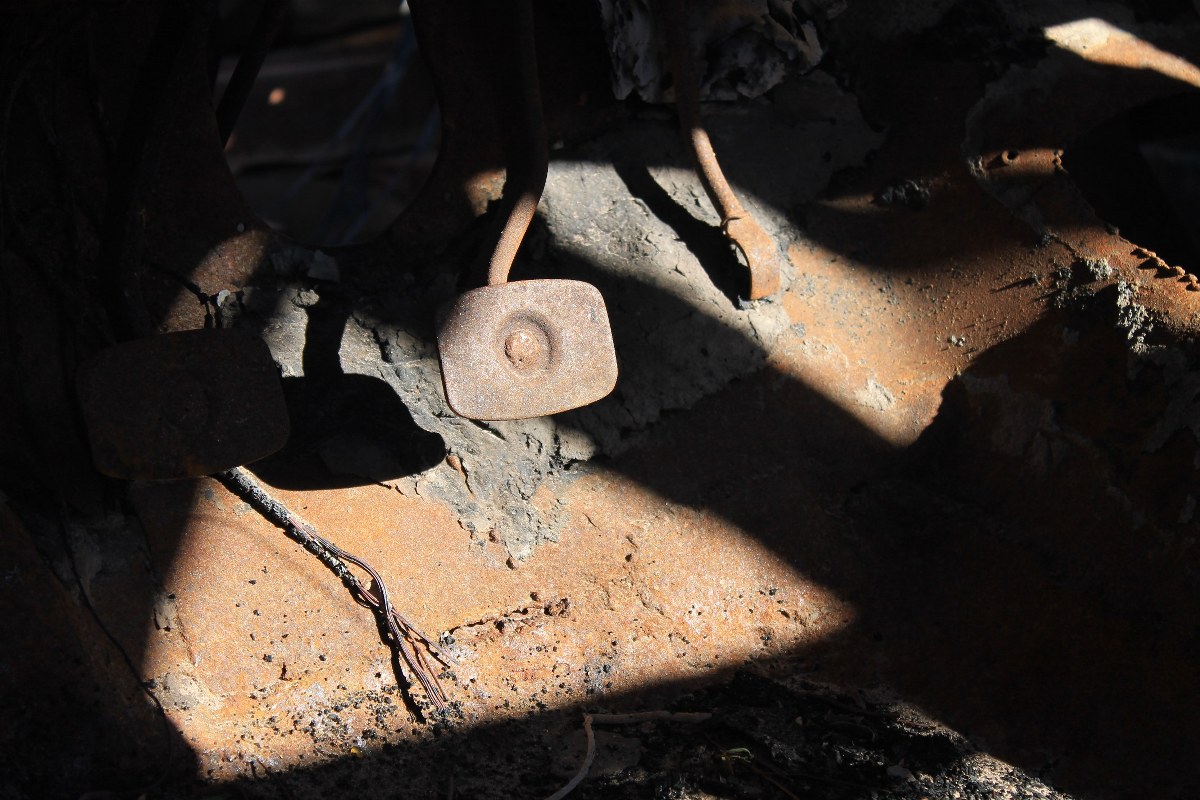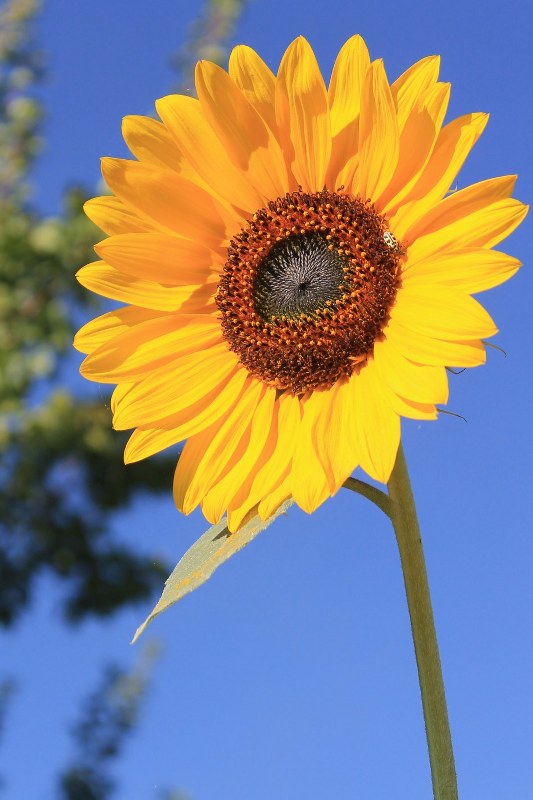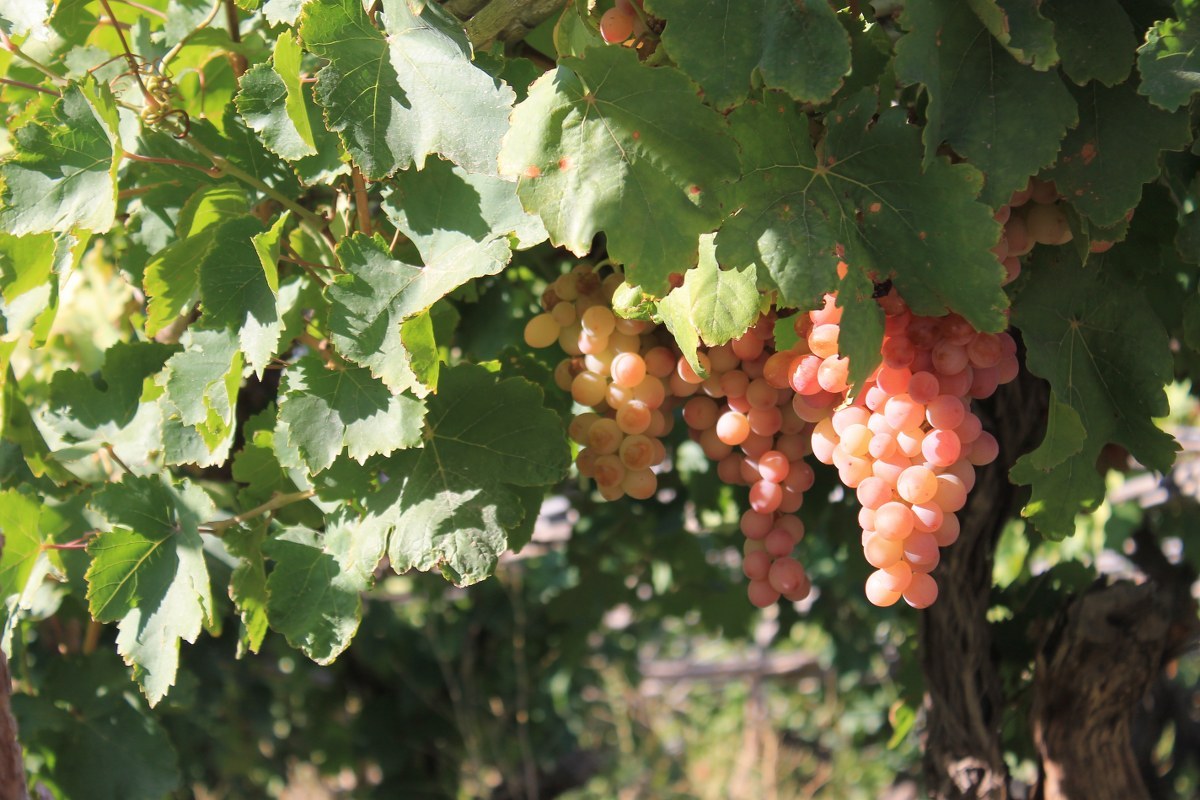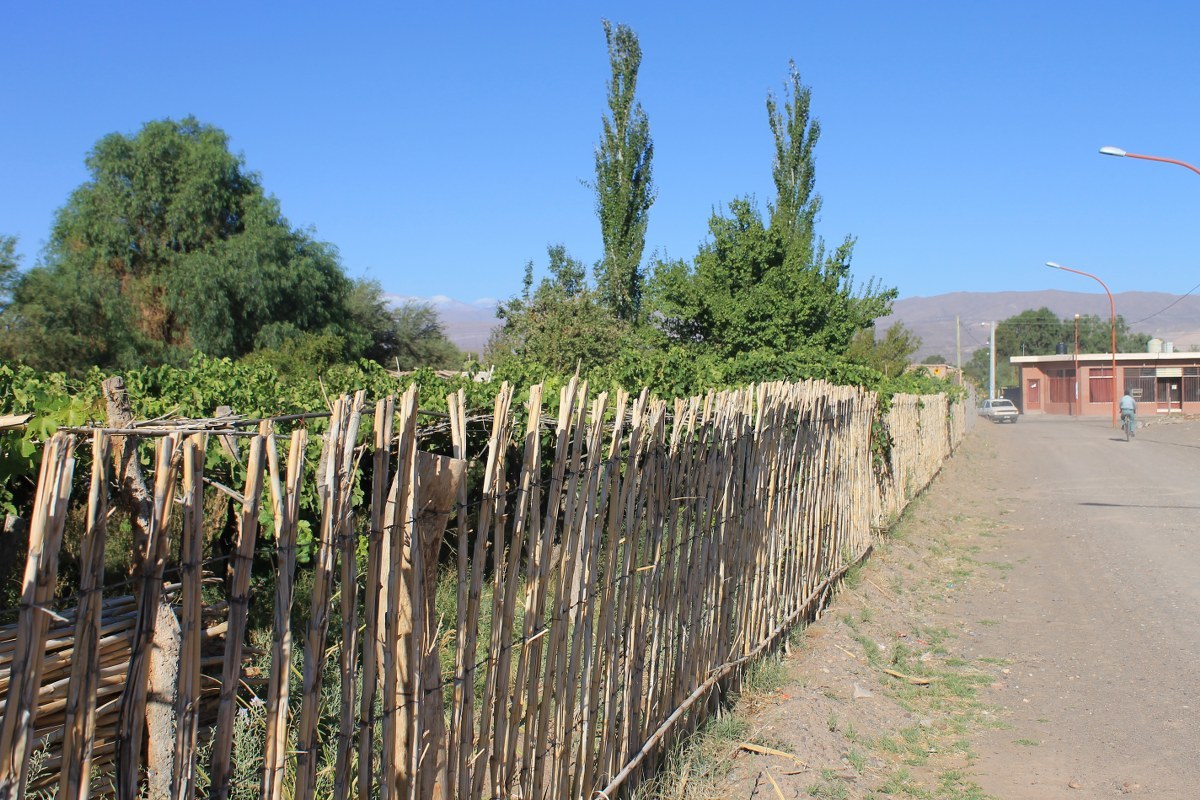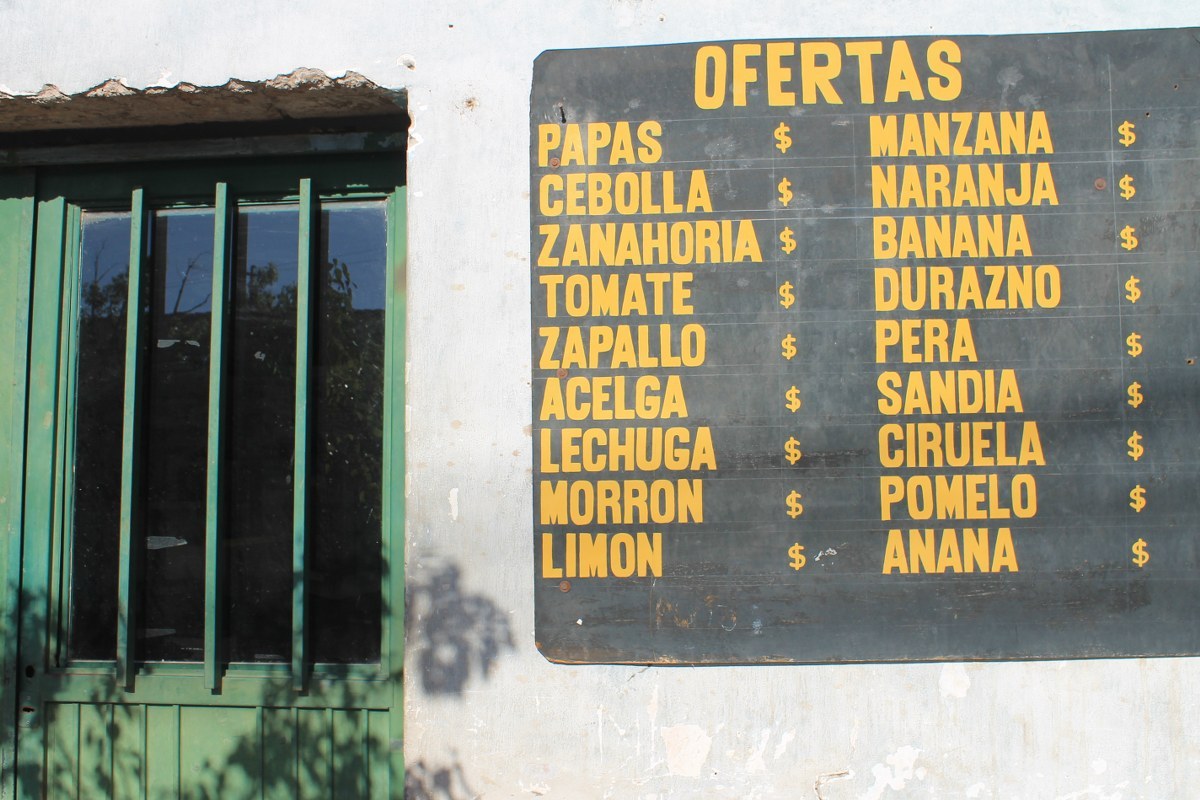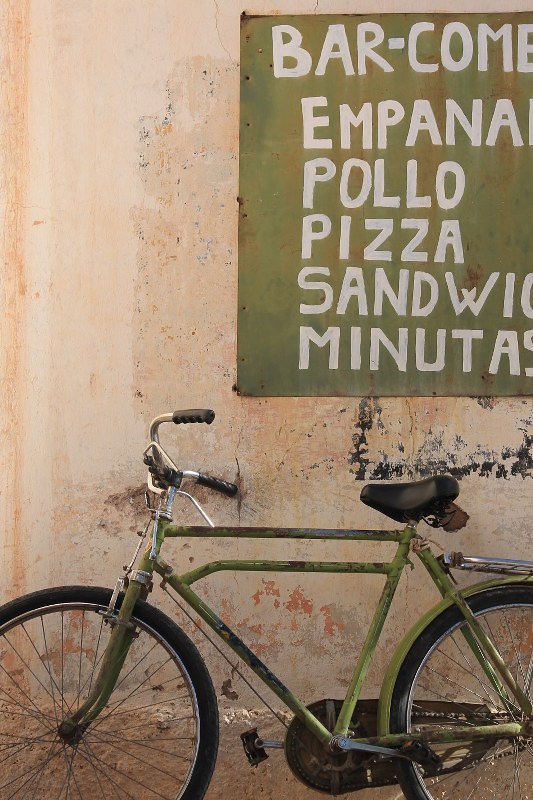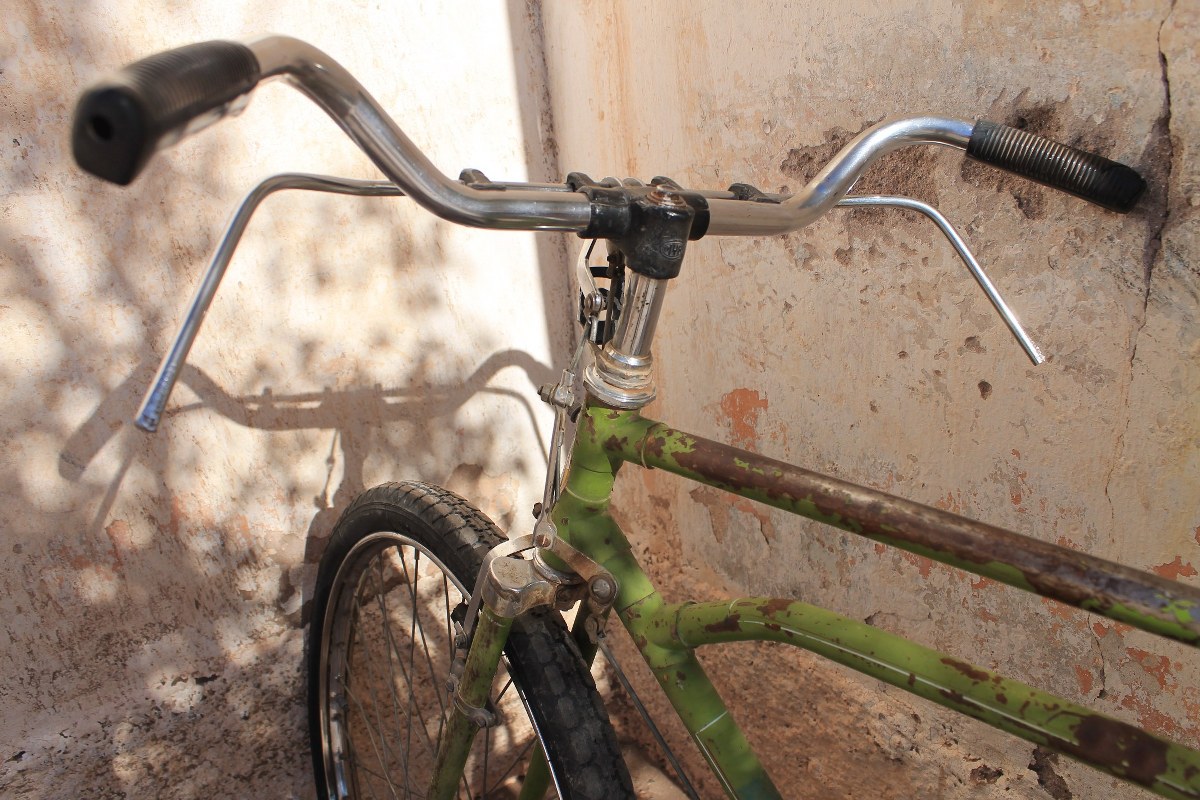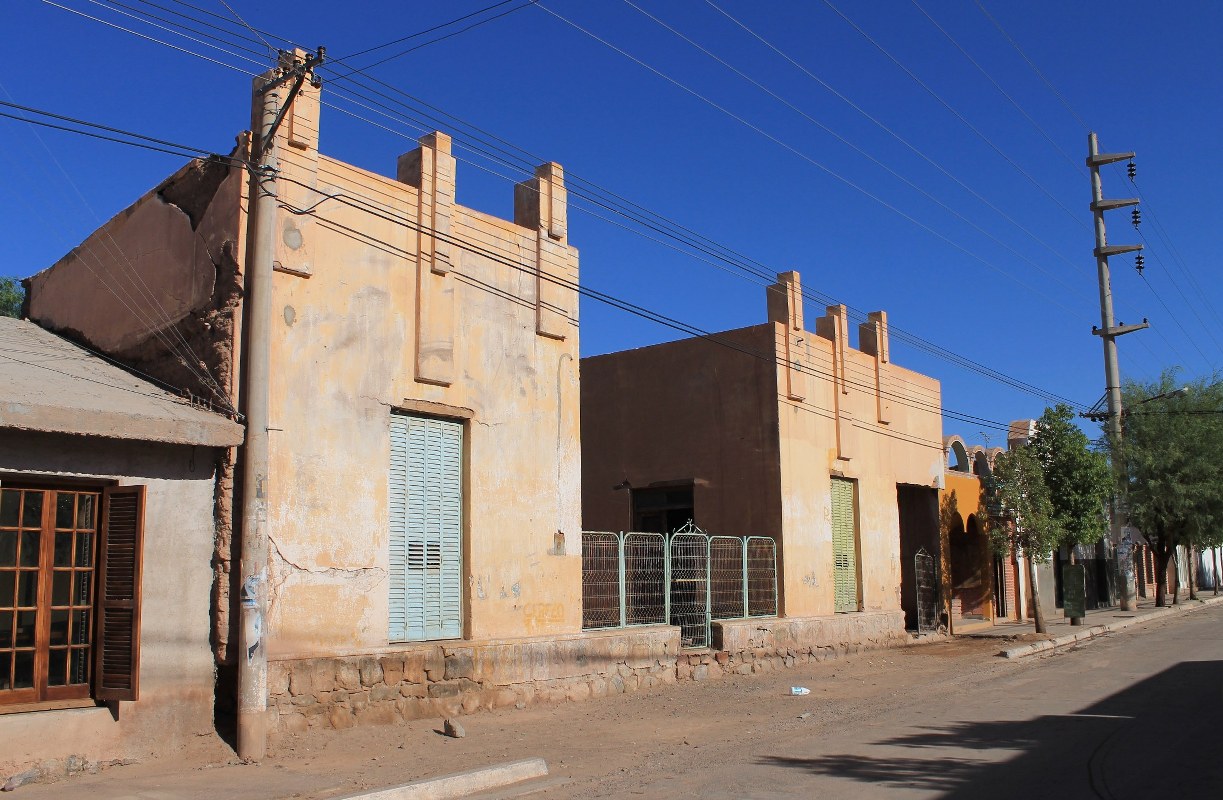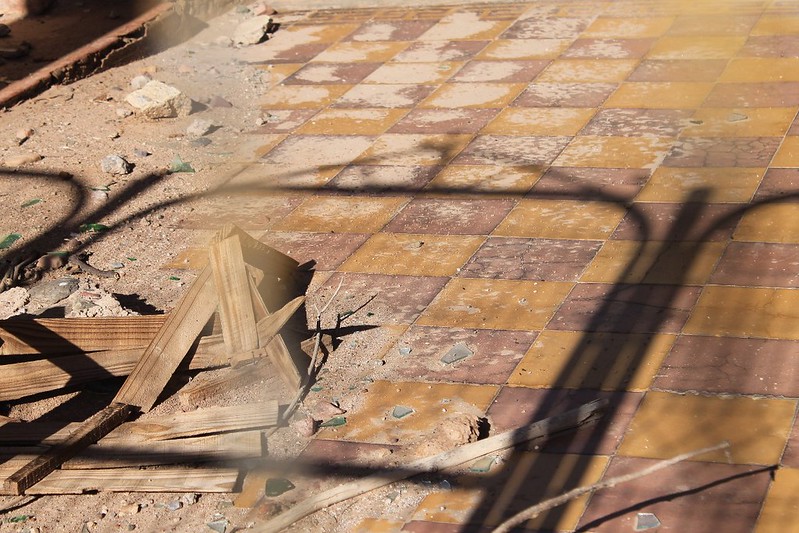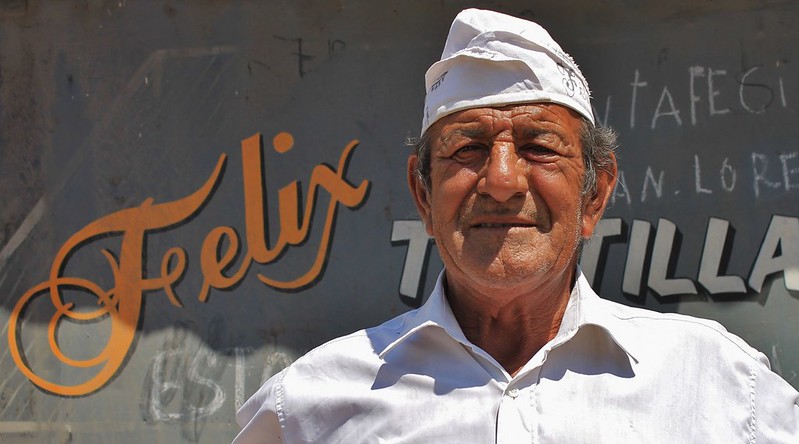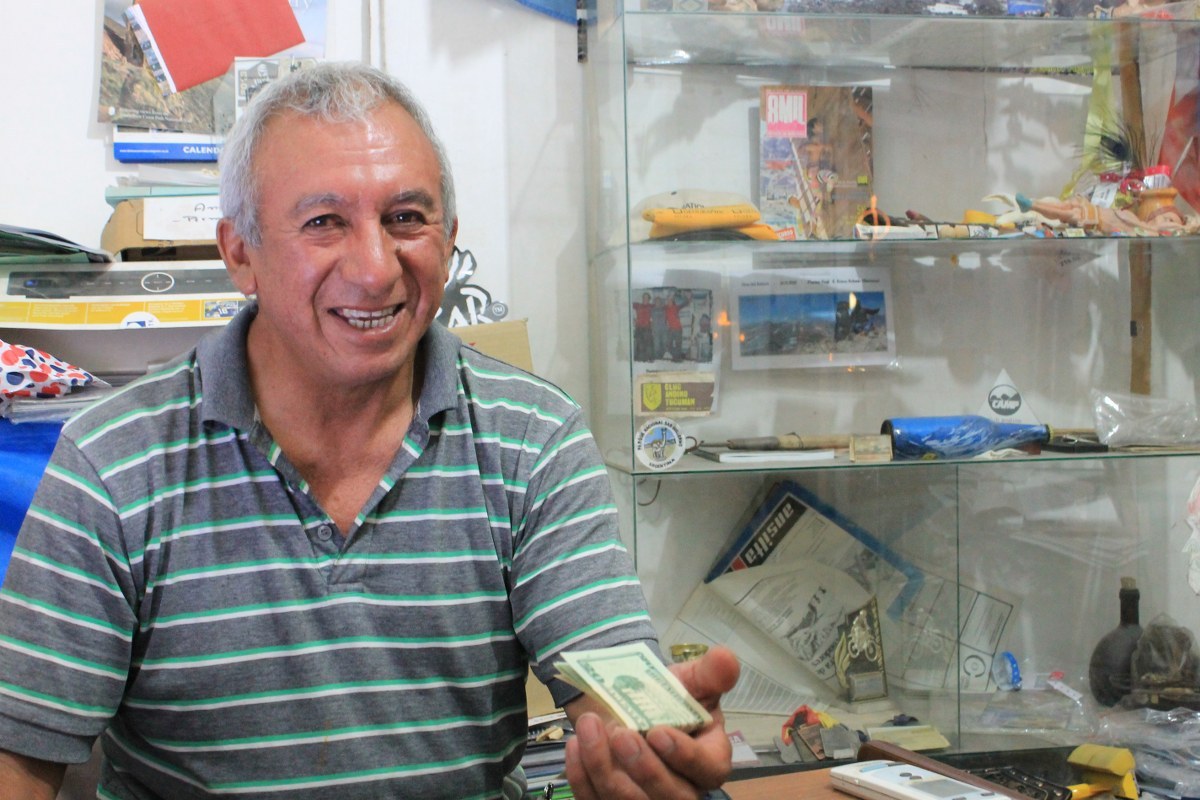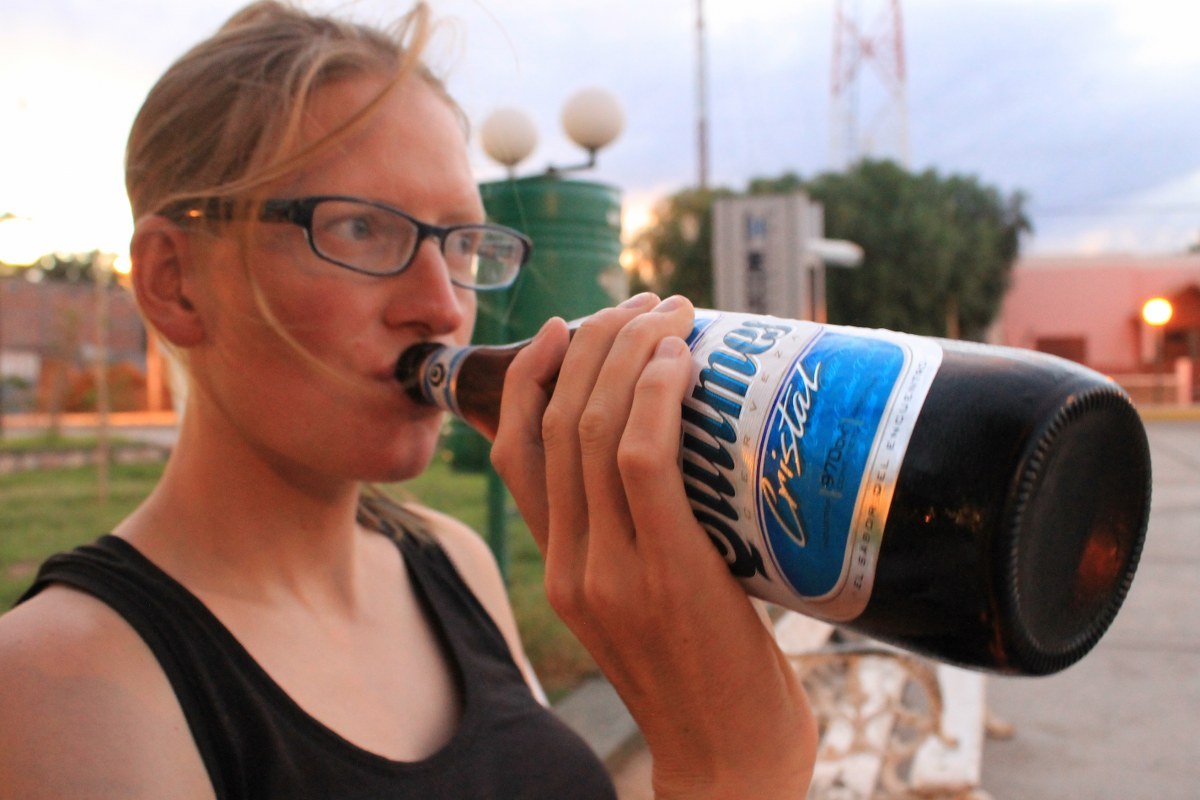In Peru we’re gringos. It’s hard for us to forget; we get reminded of it pretty much every encounter we have in the countryside, and often when we’re in towns too. When the dog barks go up as we approach a village, the kids’ shouts soon follow: ‘GRINGOS GRINGOS!’ Campesinos ploughing their fields, or digging tatties, look up and utter ‘gringo‘ as though they’ve just read it on our foreheads. We normally grin, and they normally grin back. Sometimes we reply with an ‘hola Peruano’, which normally elicits a chuckle.
GRINGO: often disparaging; a foreigner in Spain or Latin America especially when of English or American origin; broadly: a non-Hispanic person.
Origin: Spanish, alteration of griego Greek, stranger, from Latin Graecus Greek.
First Known Use: 1849.
In late February we cycled a circuit of the Cordillera Blanca. The peaks didn’t reveal themselves too often, but it was a fascinating cultural ride, through deep and verdant valleys. Occasionally, when we endeared ourselves to one of the locals, we were rewarded by being called an affectionate ‘gringuito‘. We liked that.

From the giant mine at Antamina to Chavin, and something completely different. The ruins here are the most important in the area, and date back to 1200BC, when ceremonies used to involve getting smashed on drugs in these underground chambers.

We spend a day in Huari, spring-cleaning our bikes (and cycling to a waterfall, which to our surprise has been ‘turned off’) before heading off on the long climb to Abra Huachucocha…

… which is followed by the equally long descent to San Luis. Though there aren’t any really high passes on this circuit, the rollercoaster road still features a lot of vertical metres.
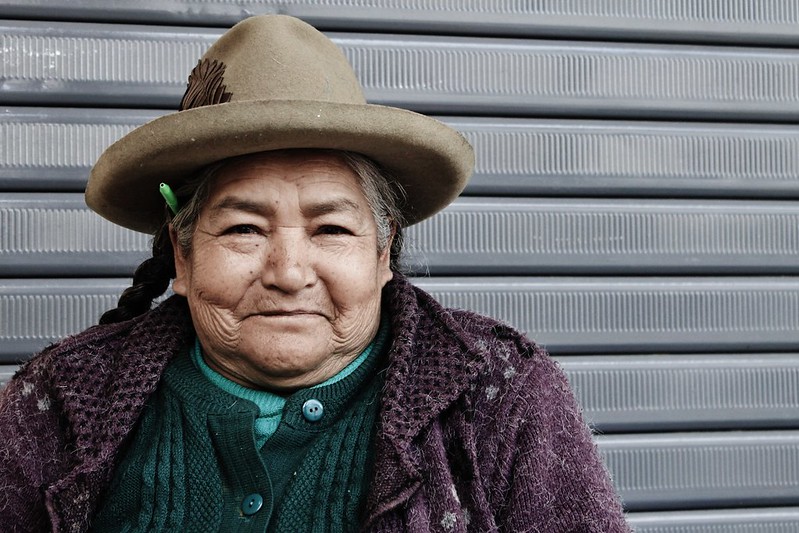
While Haz searches for accommodation in San Luis, Pike gossips for an hour with this charismatic 75 year old abuelita. (She told us her brilliant name, but sadly we weren’t able to remember it.) Despite the fact her five children are all lawyers and teachers, she still spends her time travelling to remote villages to hawk cheap clothing.
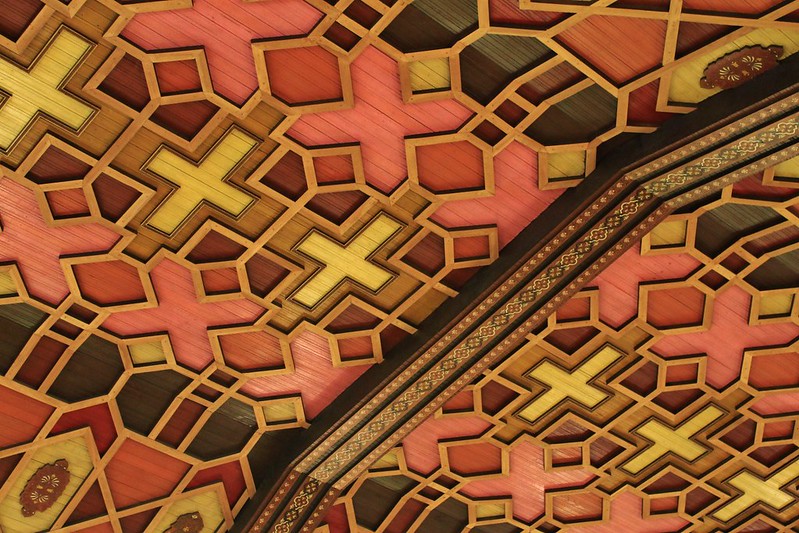
From San Luis we continue north, towards Pomabamba. A short detour from our route is the pilgrimage village of Pomallucay, whose church is adorned with beautiful wood decoration. There are many expert local woodcarvers in the area, thanks to the work of the Don Bosco association. Another consequence of the missionaries’ presence here is the fact that more people beg for money here than anywhere else in the Cordillera Blanca.
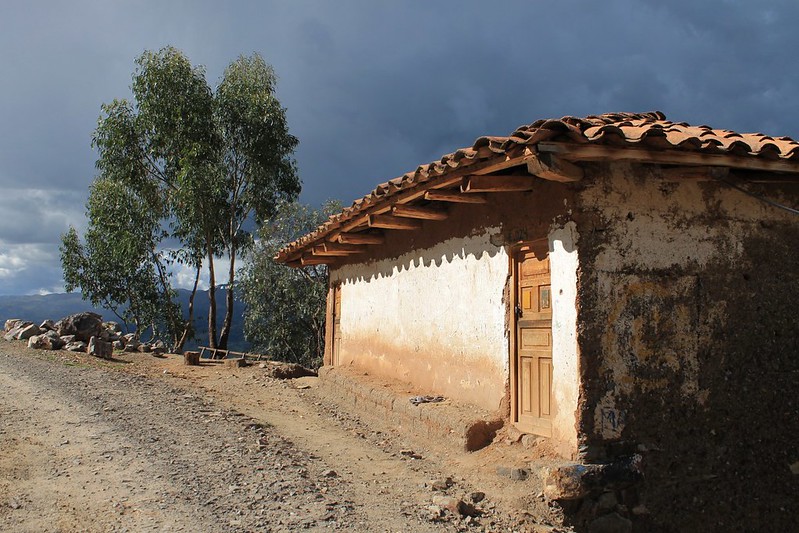
Most of the village architecture in this area is still traditional. Bricks and reinforced concrete haven’t made many inroads yet.

Early the next day we arrive in Lucma, and gatecrash the town’s Monday morning meeting. Team morale was low, if the pitiful singing of the National Anthem was anything to go by. Or maybe they’d just used all their energy in the hearty round of applause we received as we cruised in and interrupted proceedings…
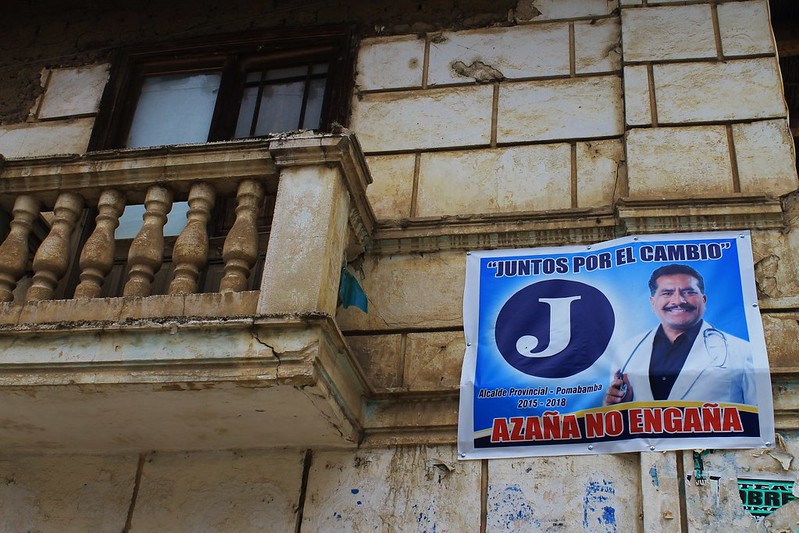
From Lucma it’s only a short ride to Pomabamba, where we once again come face to face with the murky world of Peruvian politics. Here’s Dr. Azaña, running for mayor, under the slogan ‘Azaña won’t cheat you.’ Given what we’ve seen of politicians here, he probably will.

After selling us some pacay (giant bean-like pods that taste of ice-cream) this fruit-seller enraged some fellow customers by ignoring them, preferring to chat a while with us, and leaving them to miss their combi.
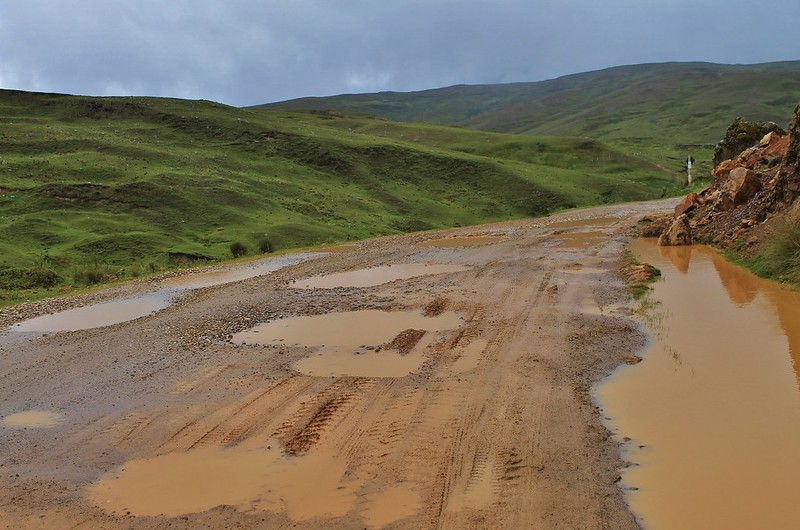
Peruvian roads seem to hold up quite well to the rains. Well, the ‘afirmado’ ones like this do – we can cope with a few puddles. The smaller routes turn into mud baths wracked by landslides.
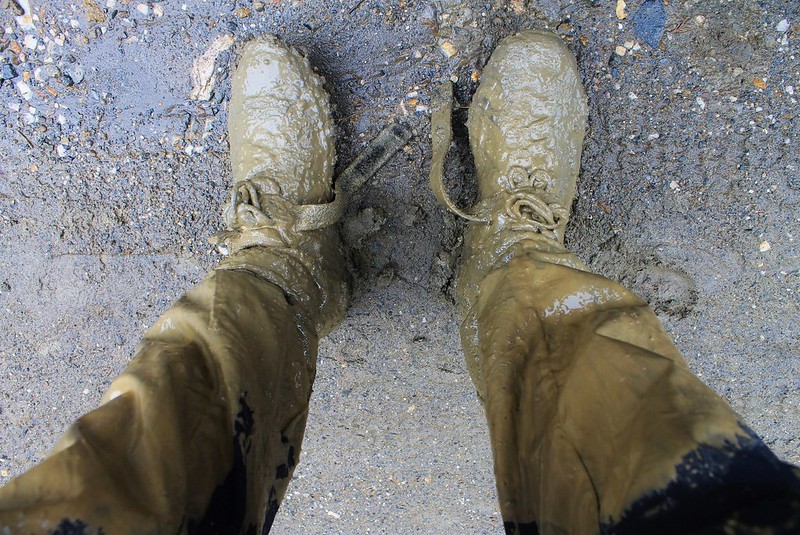
A recent landslide blocks the road to traffic, but we’re able to get through…just. The mud’s somewhat softer than Pike is expecting, and after ploughing forward with bike and sinking up to his knees, Haz has to come to the rescue and drag both out.
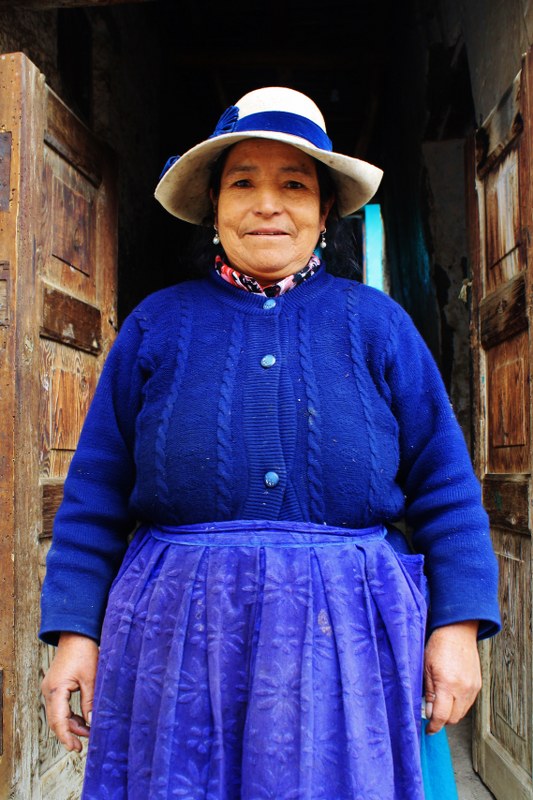
We arrive in Andaymayo just as the rain becomes torrential. As the campesinos scamper from their fields, this lady welcomed our filthy selves and bikes into her hostel.
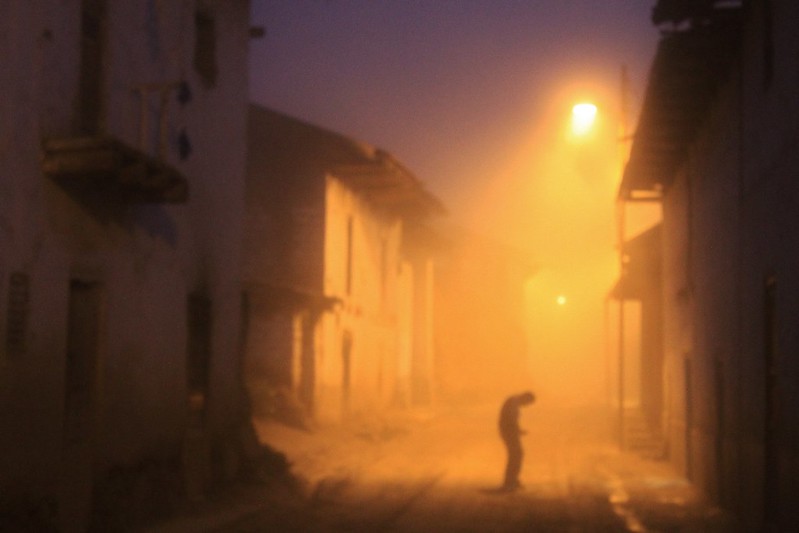
The texting continues, despite weather conditions. (Just to clarify, the young man in the photo is fully clothed, and is simply using his smart phone.)

In the morning we realize the road is descending down the flanks of a steep valley. Improved visibility makes for a much more enjoyable remainder of this classic descent.
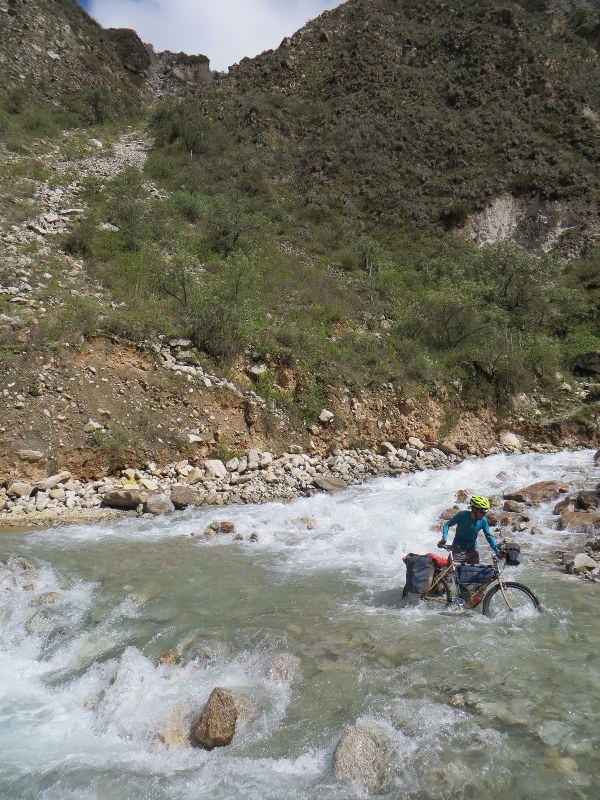
…and the daily rains make for some soggy river crossings. Our shoes were soaking wet for 95% of this circuit.
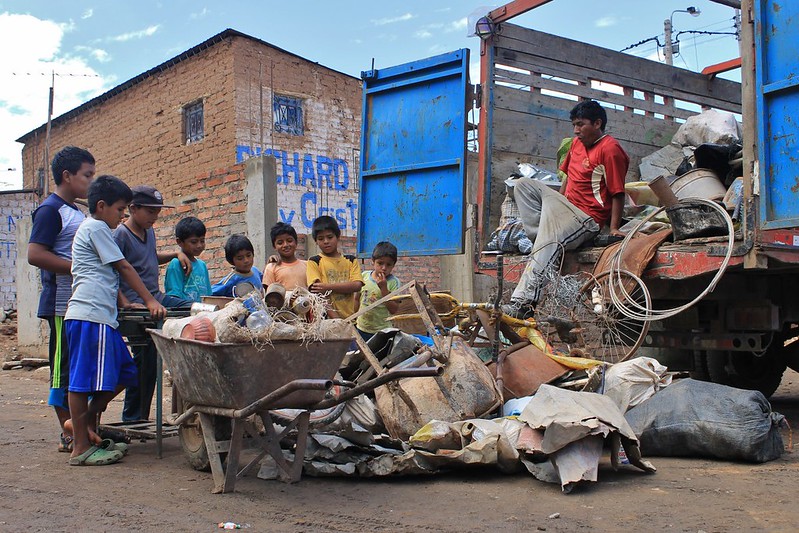
Our arrival in Santa Rosa coincides with the scrap metal man’s visit. Haz has to be physically restrained from buying a couple of old MTBs. ‘But look at those steel frames! And they’re only S/.10 (£2.20)!’
[flickr_set id=”72157642249366143″]


